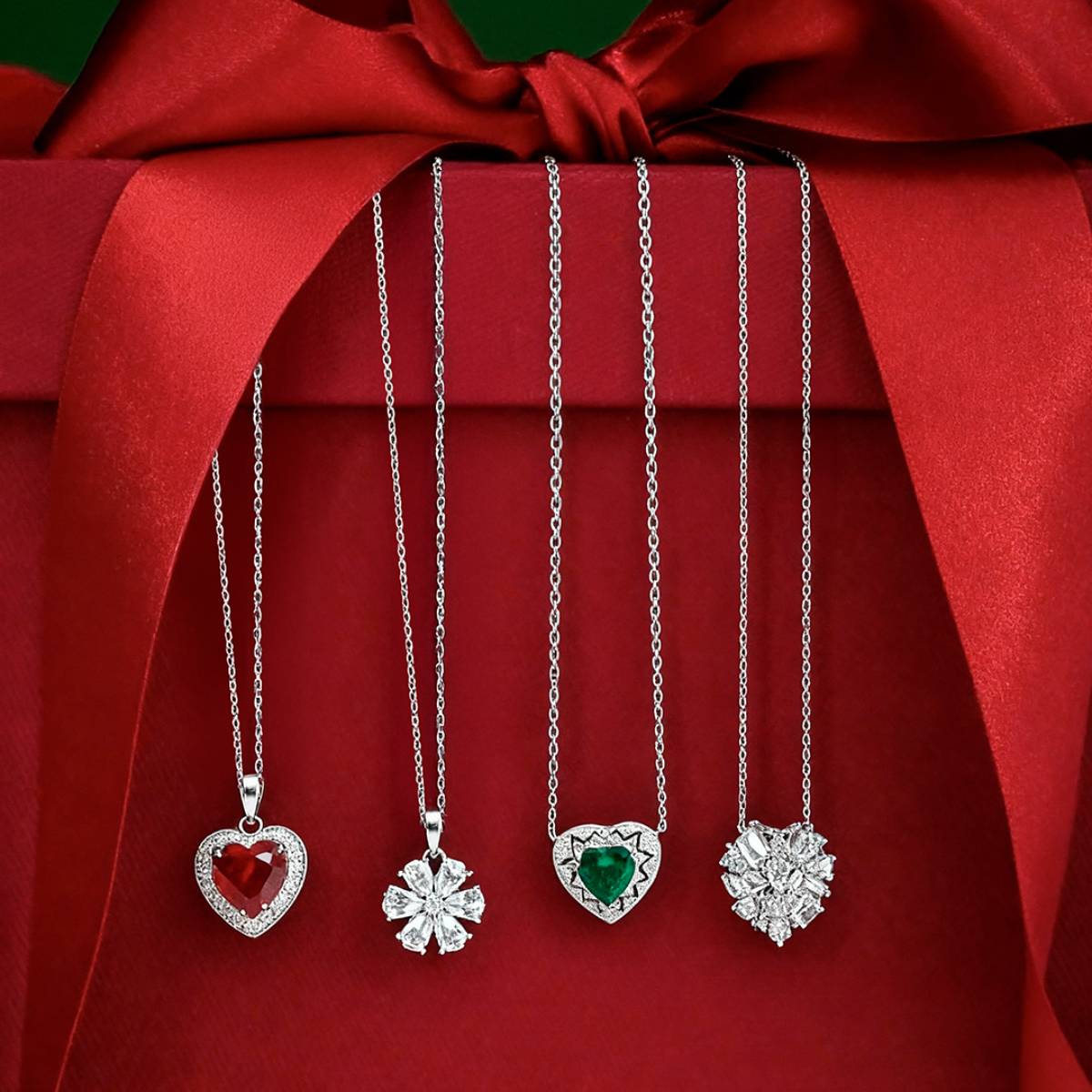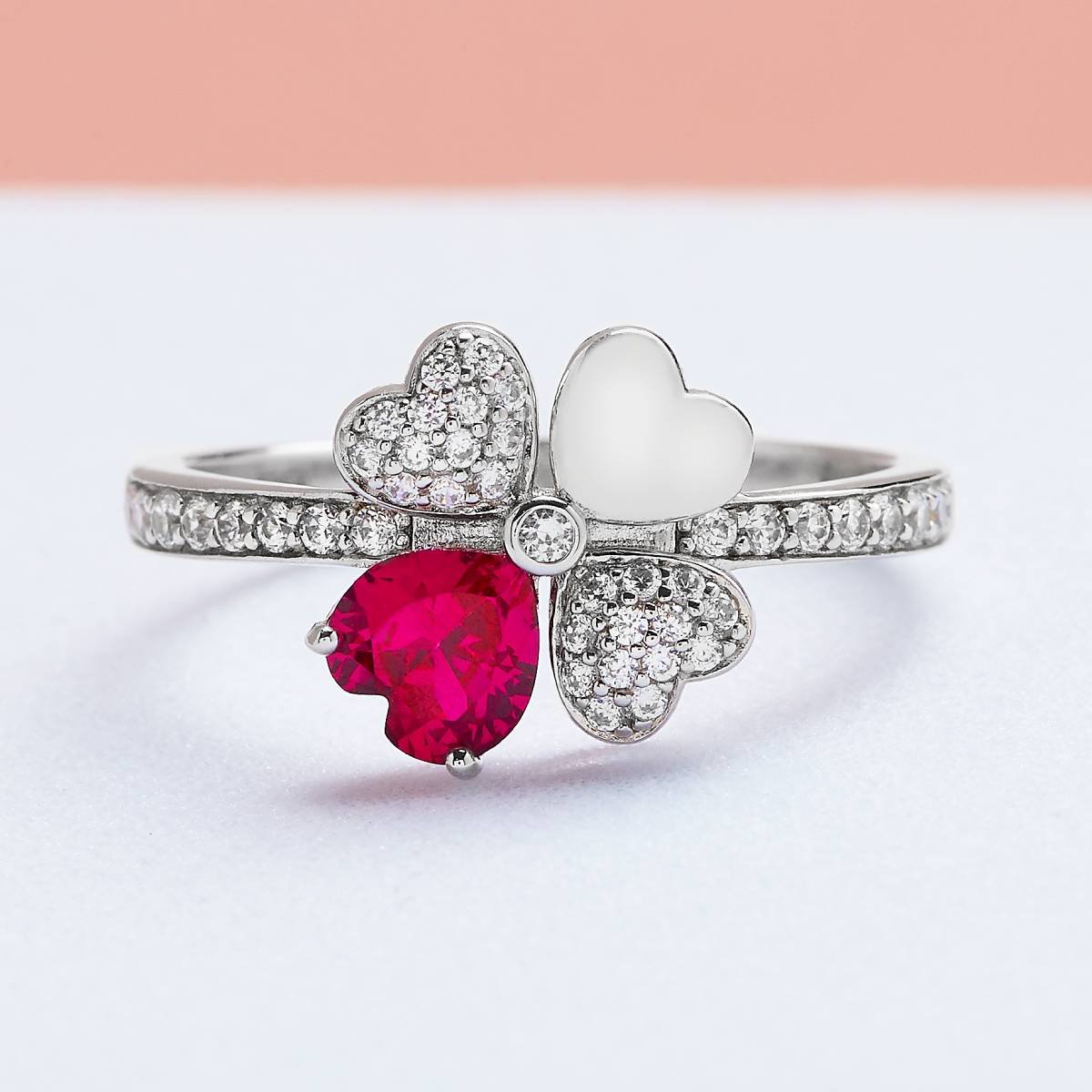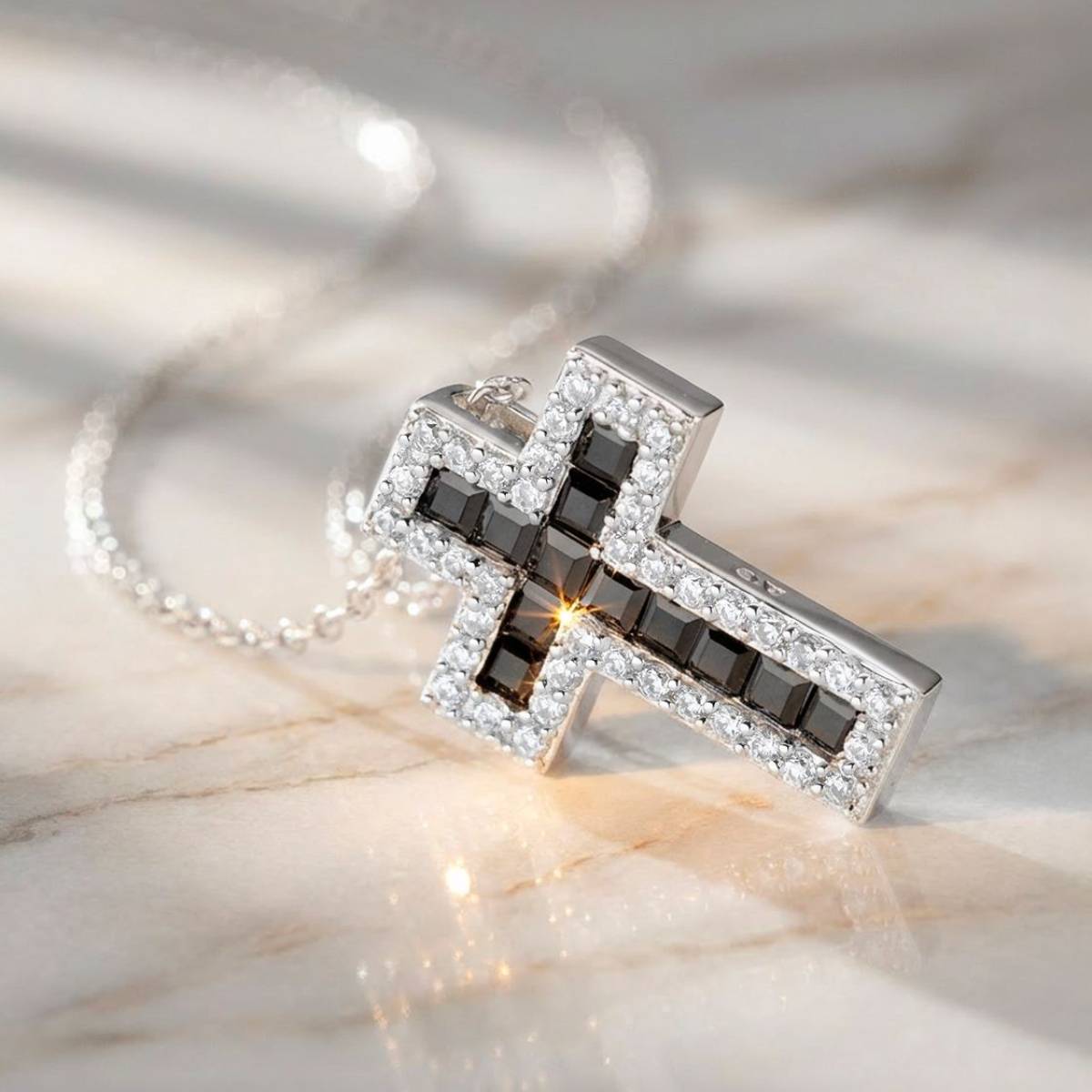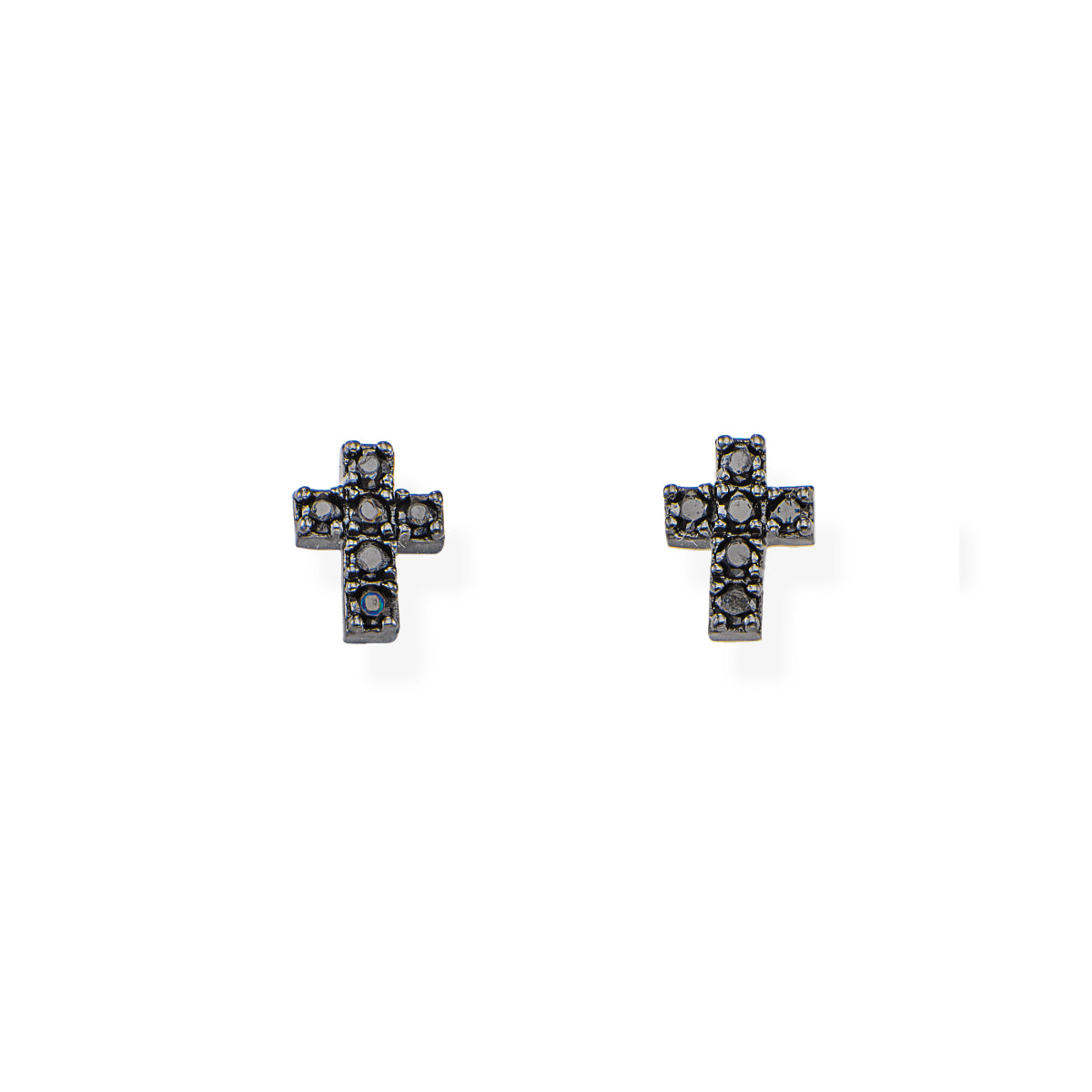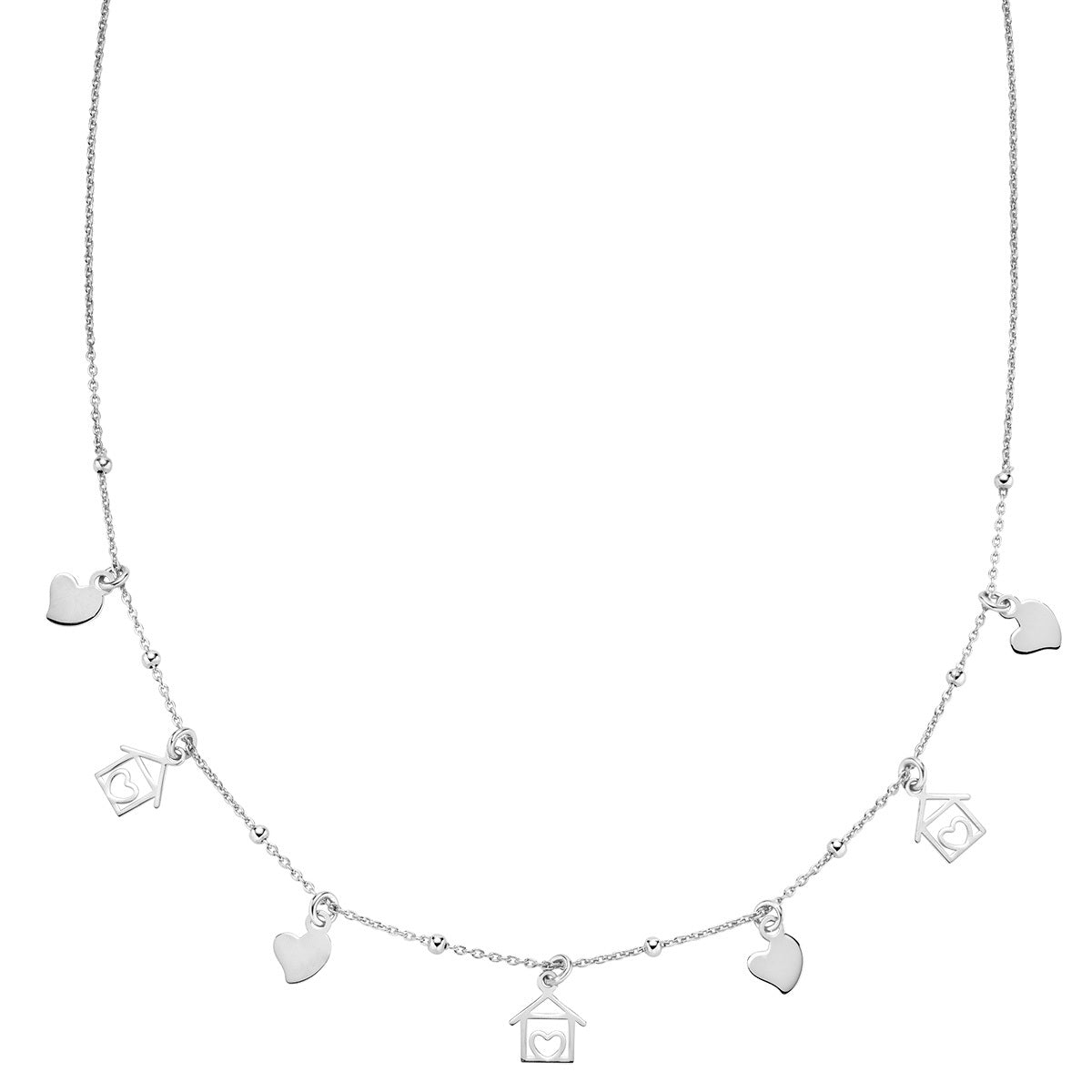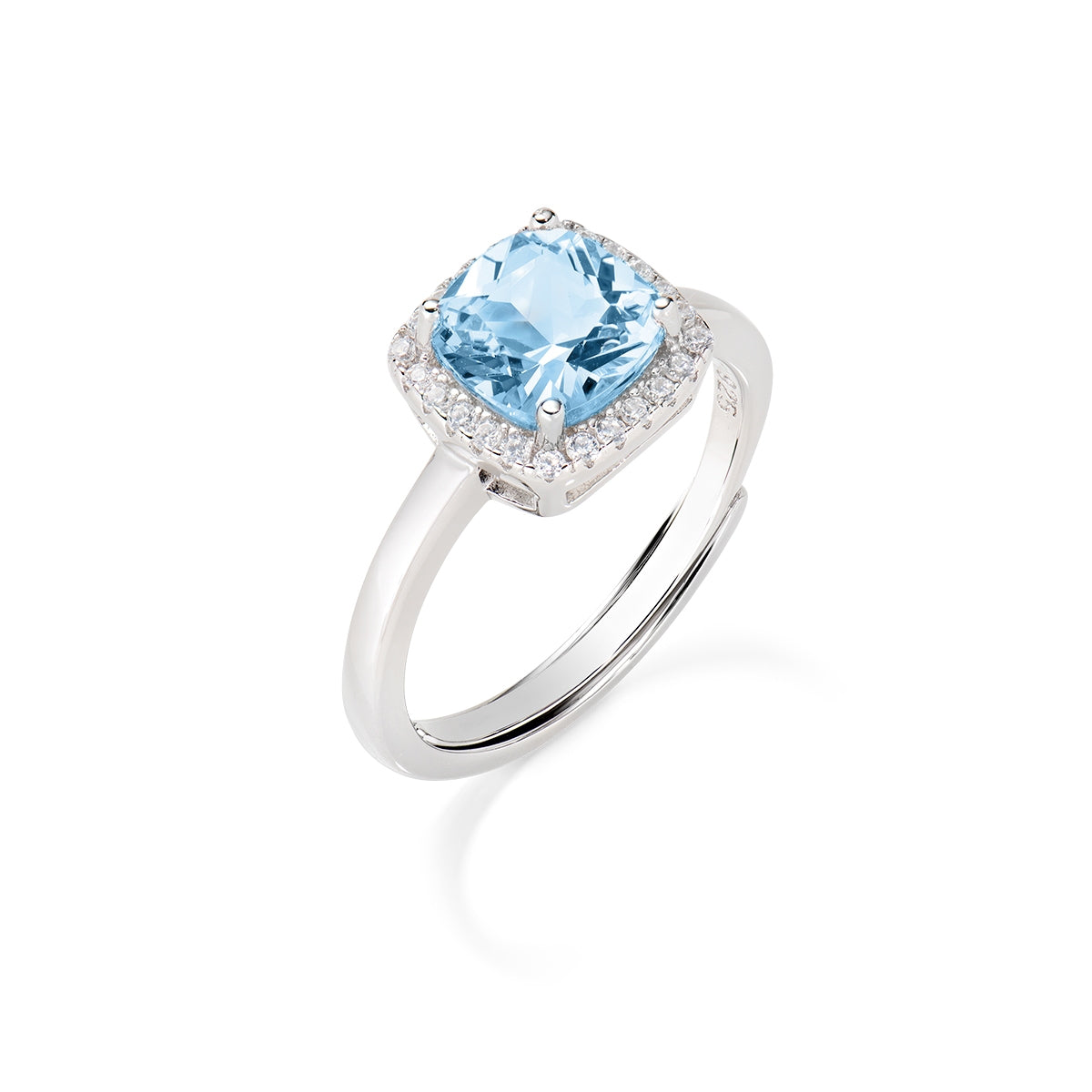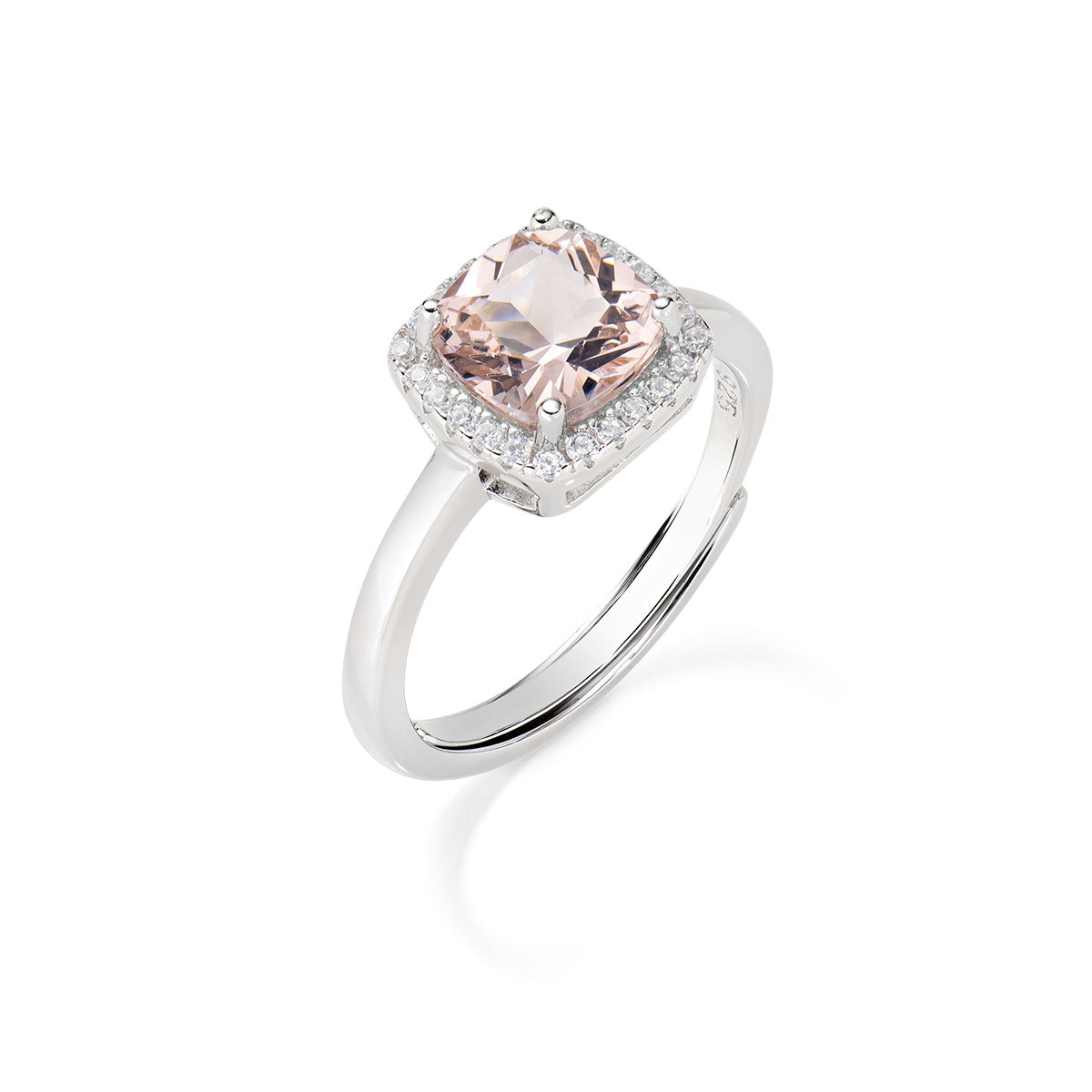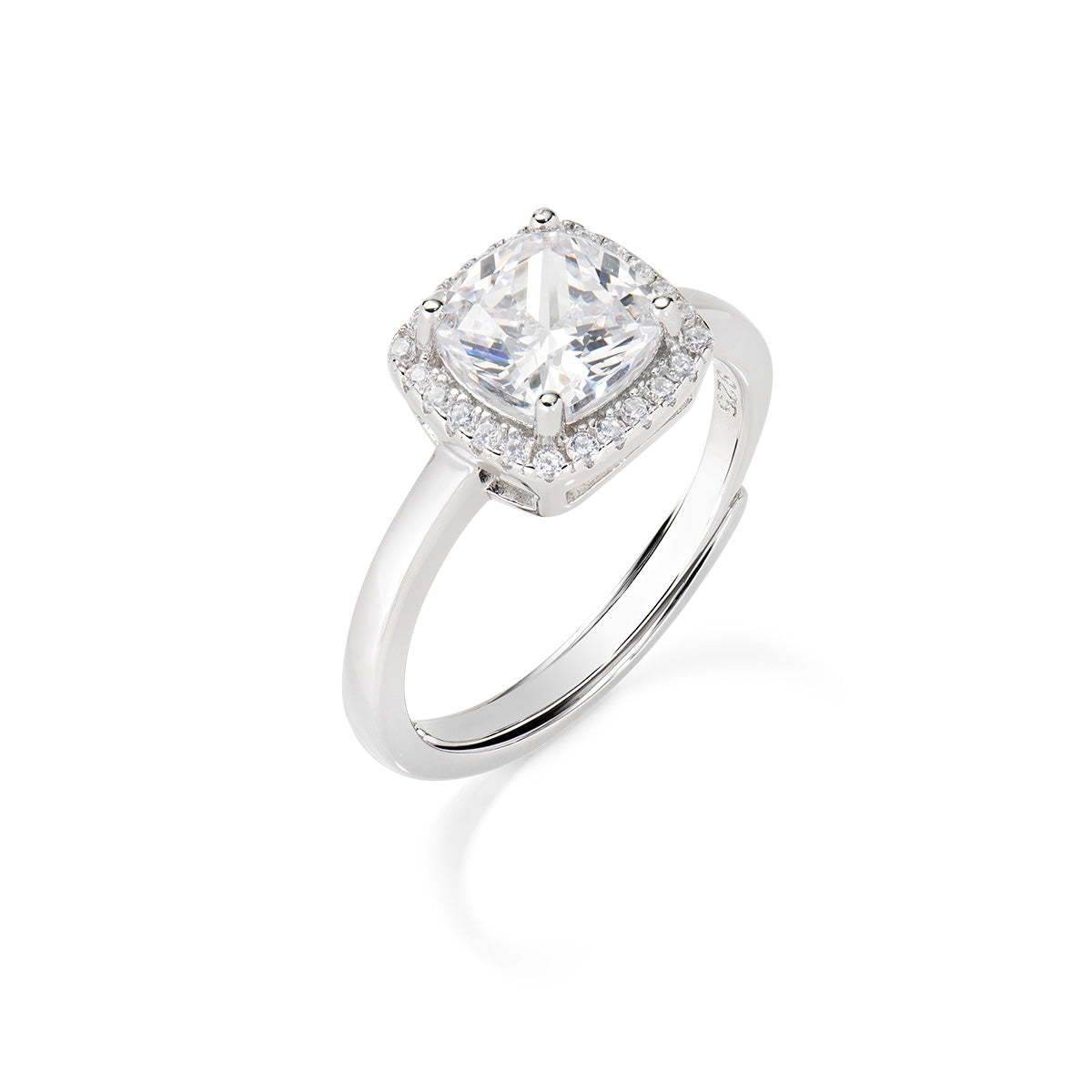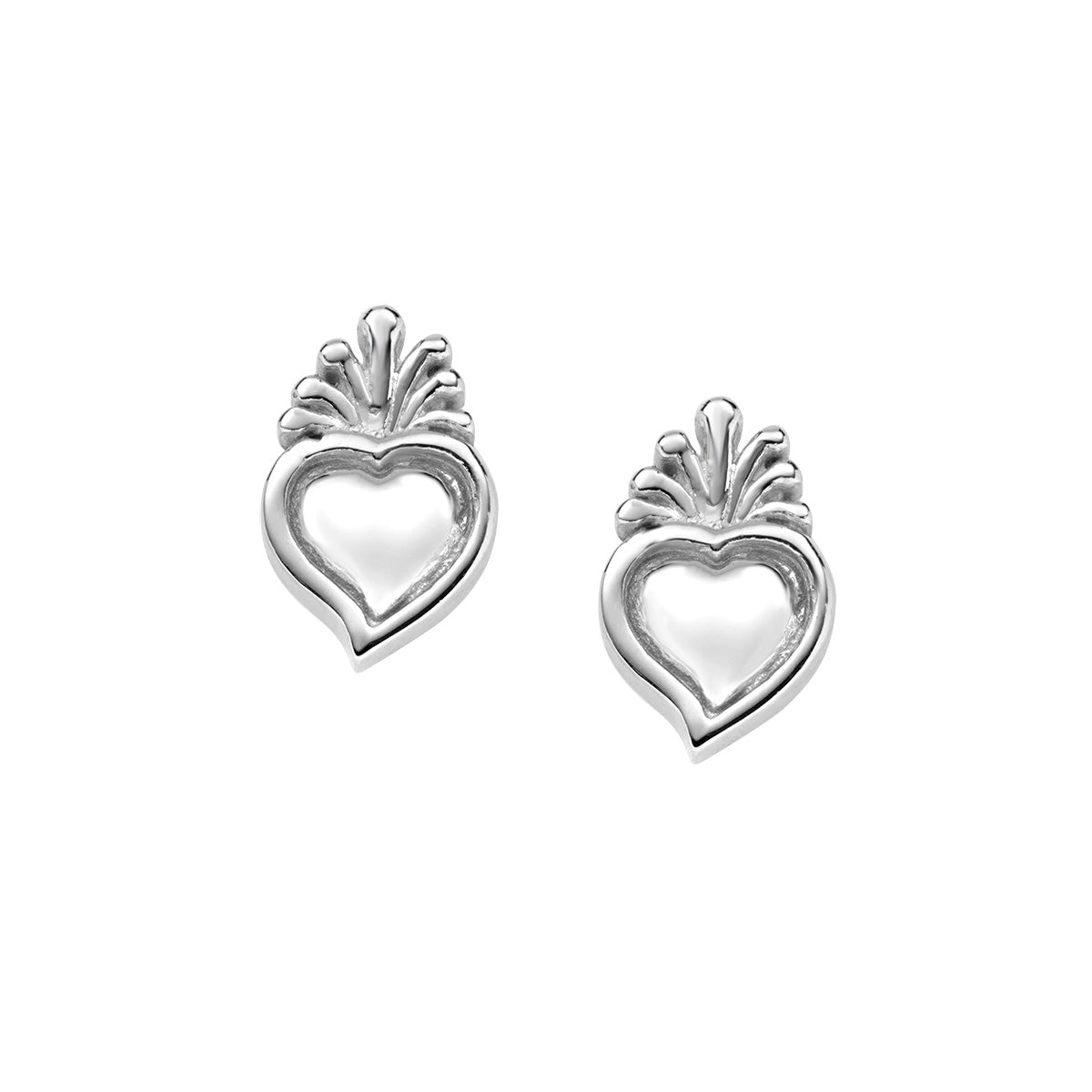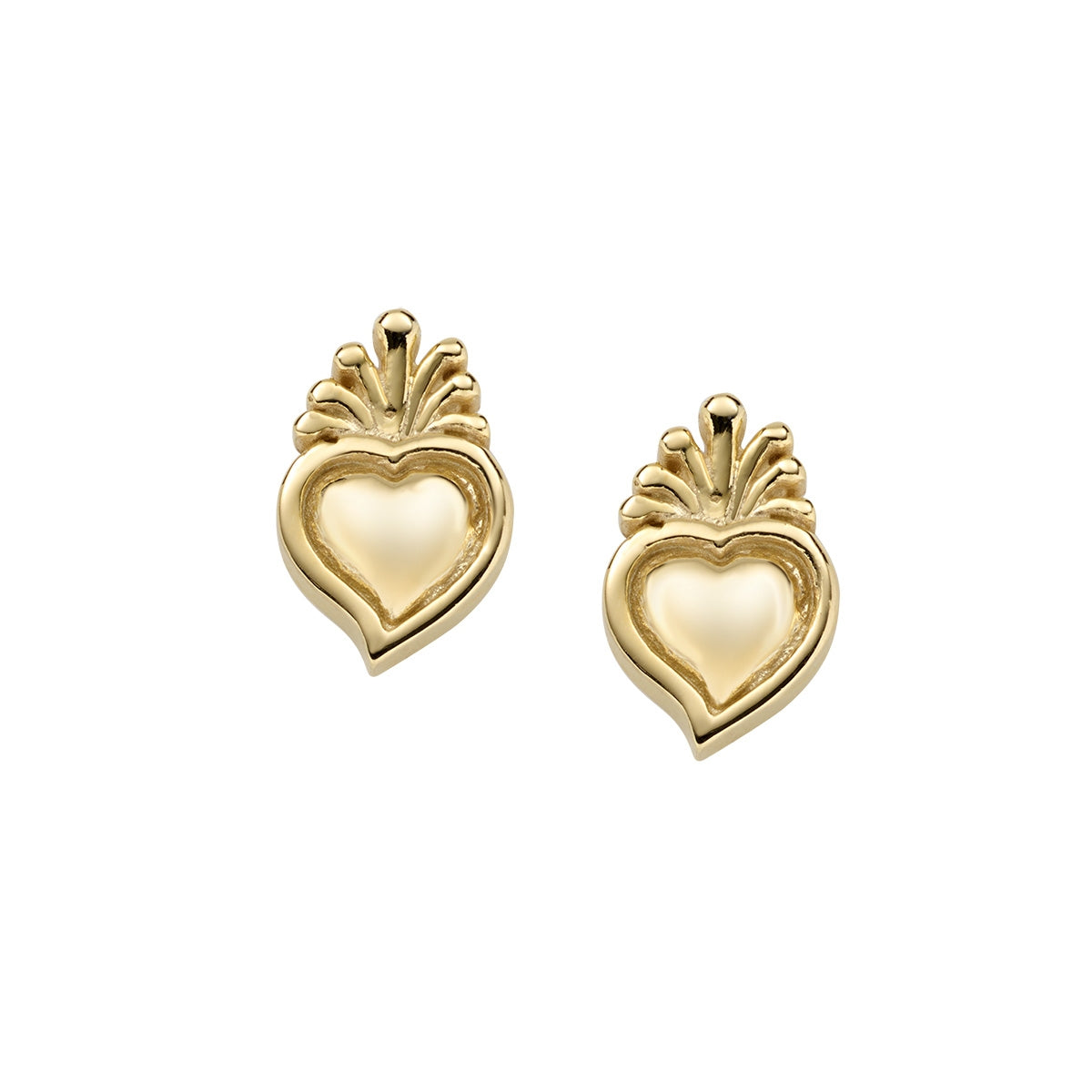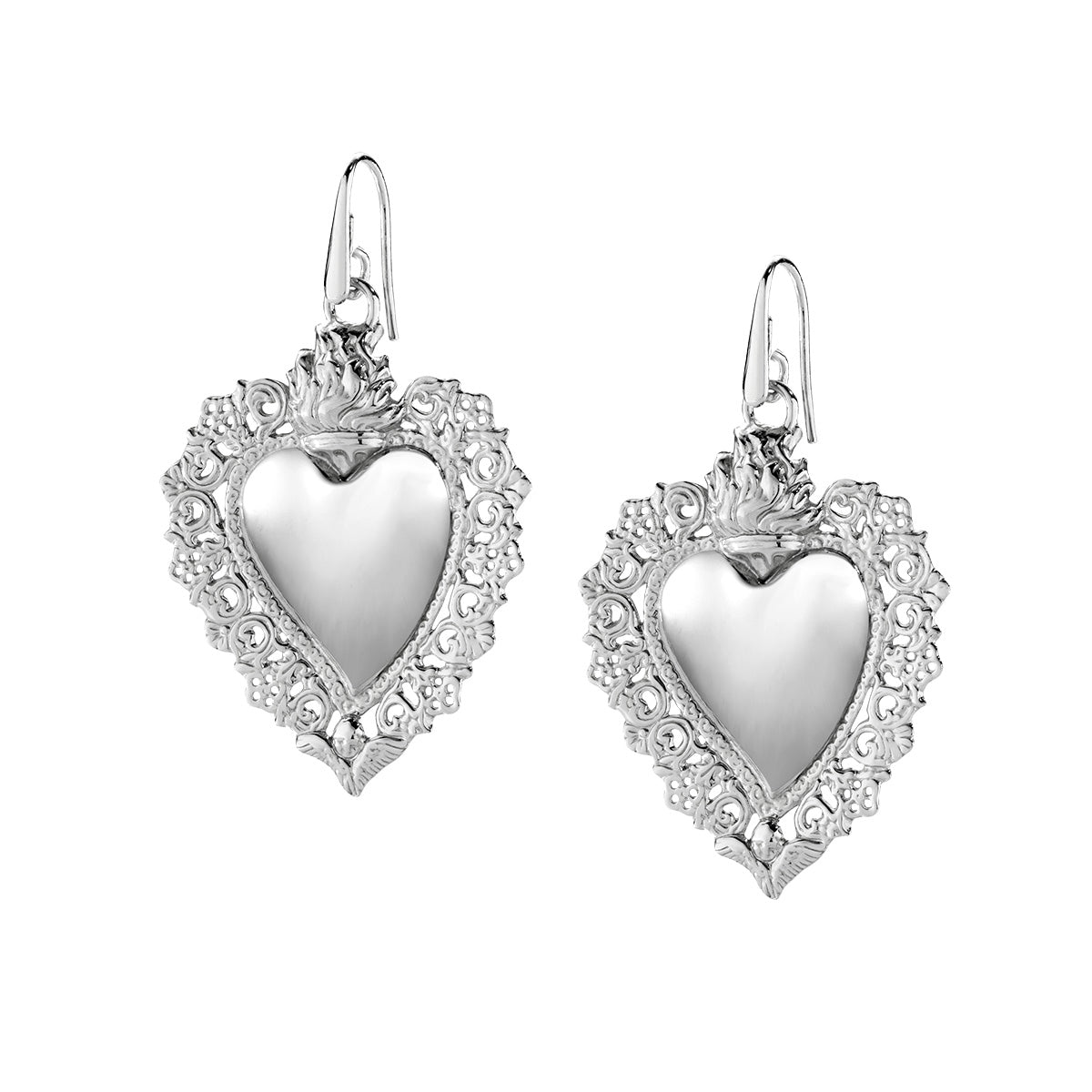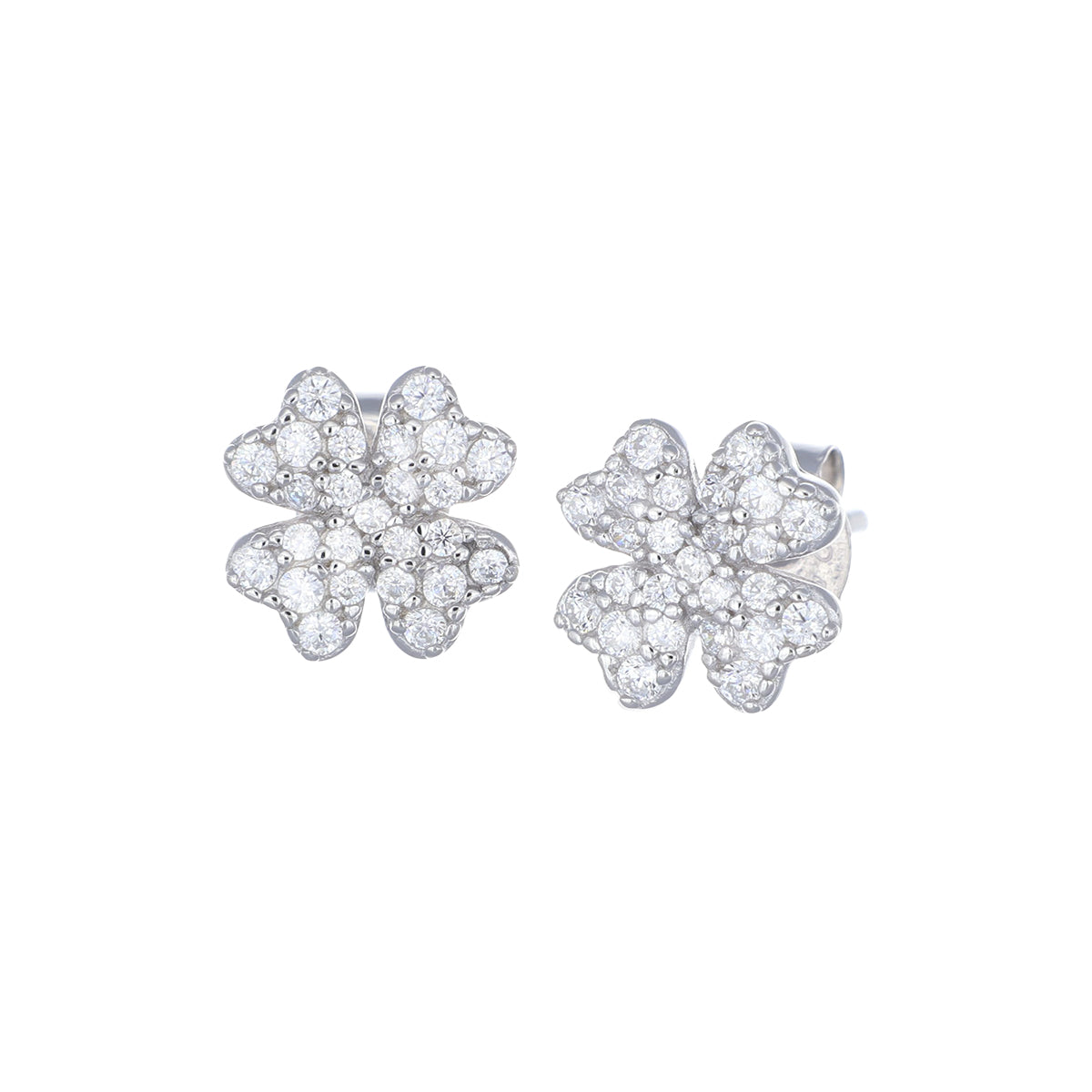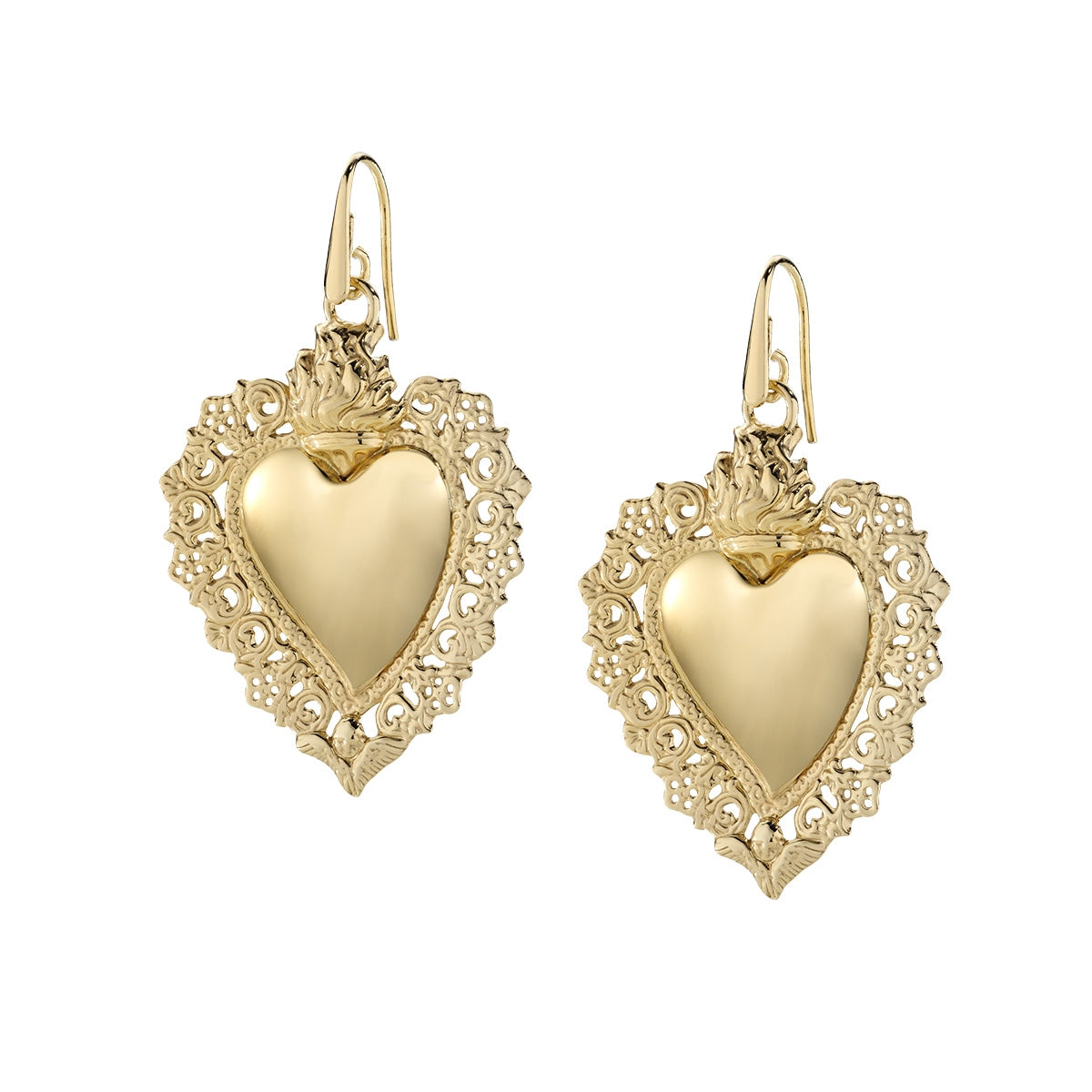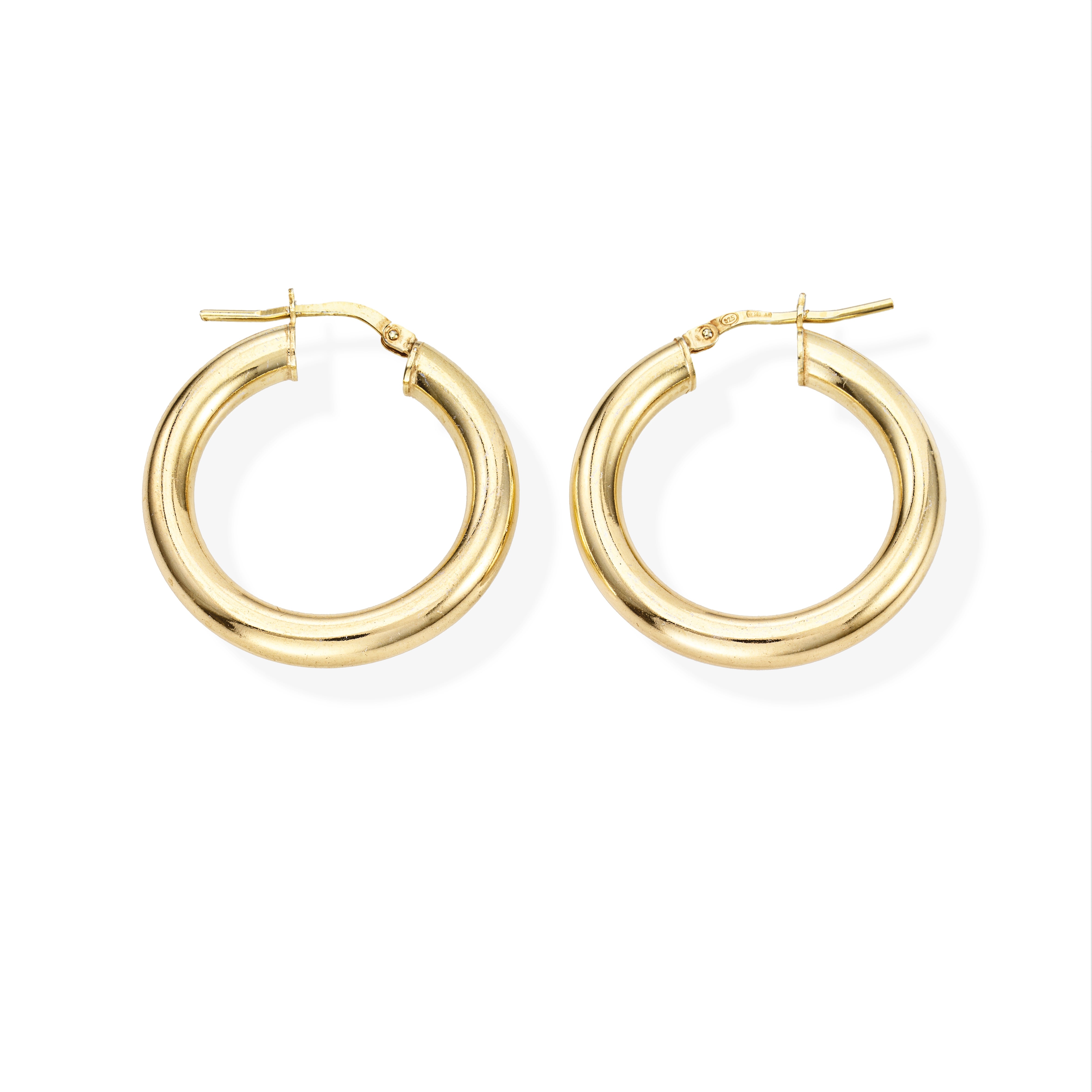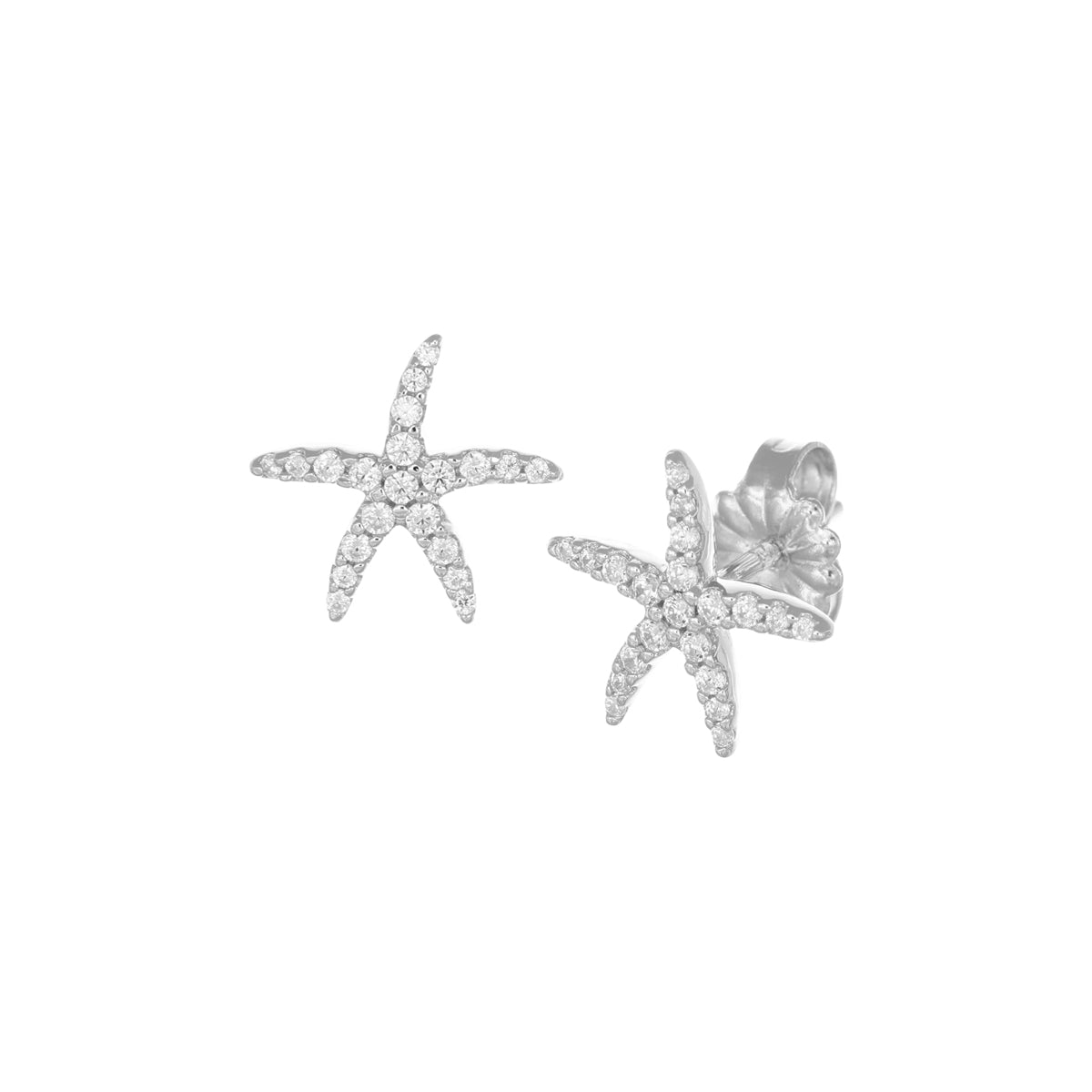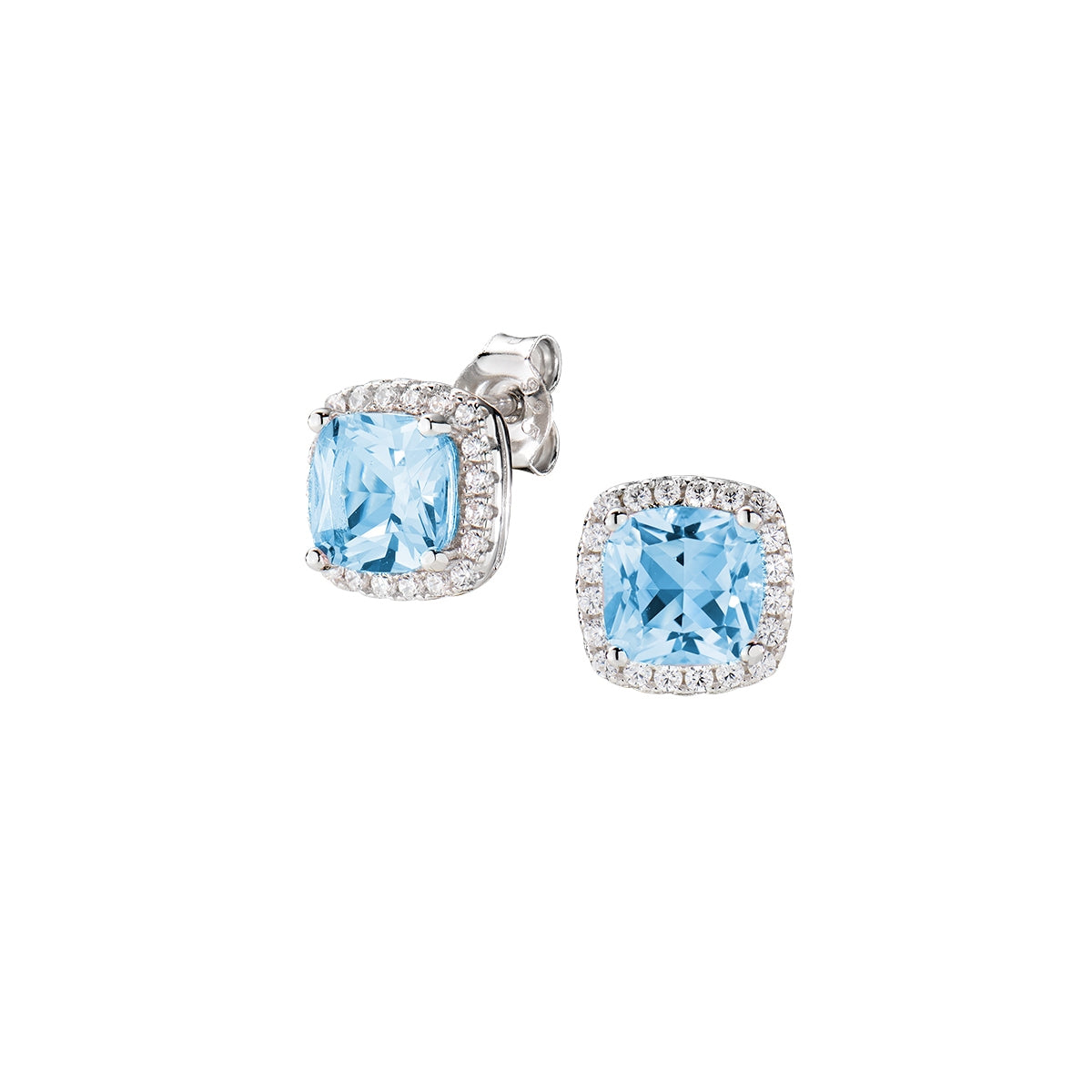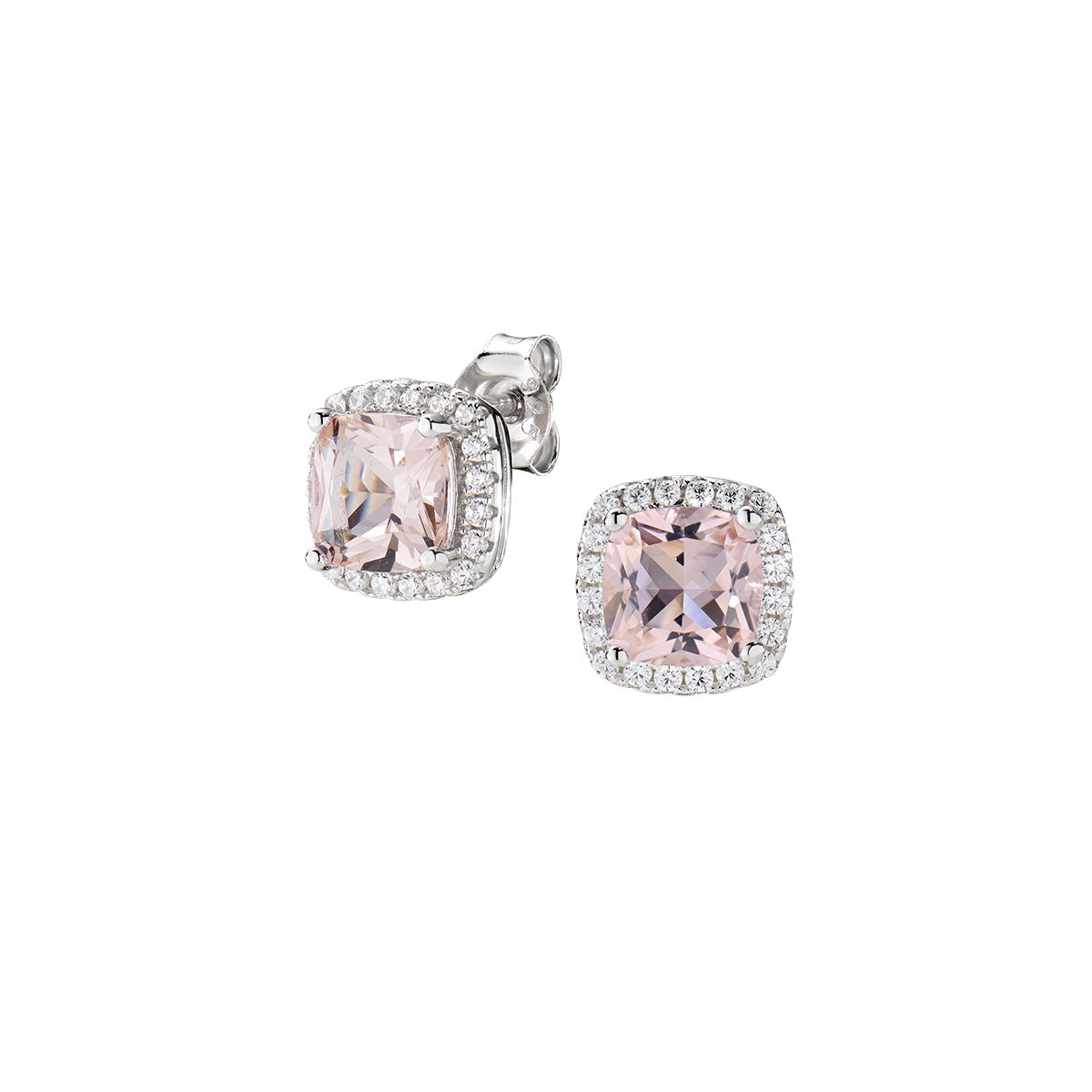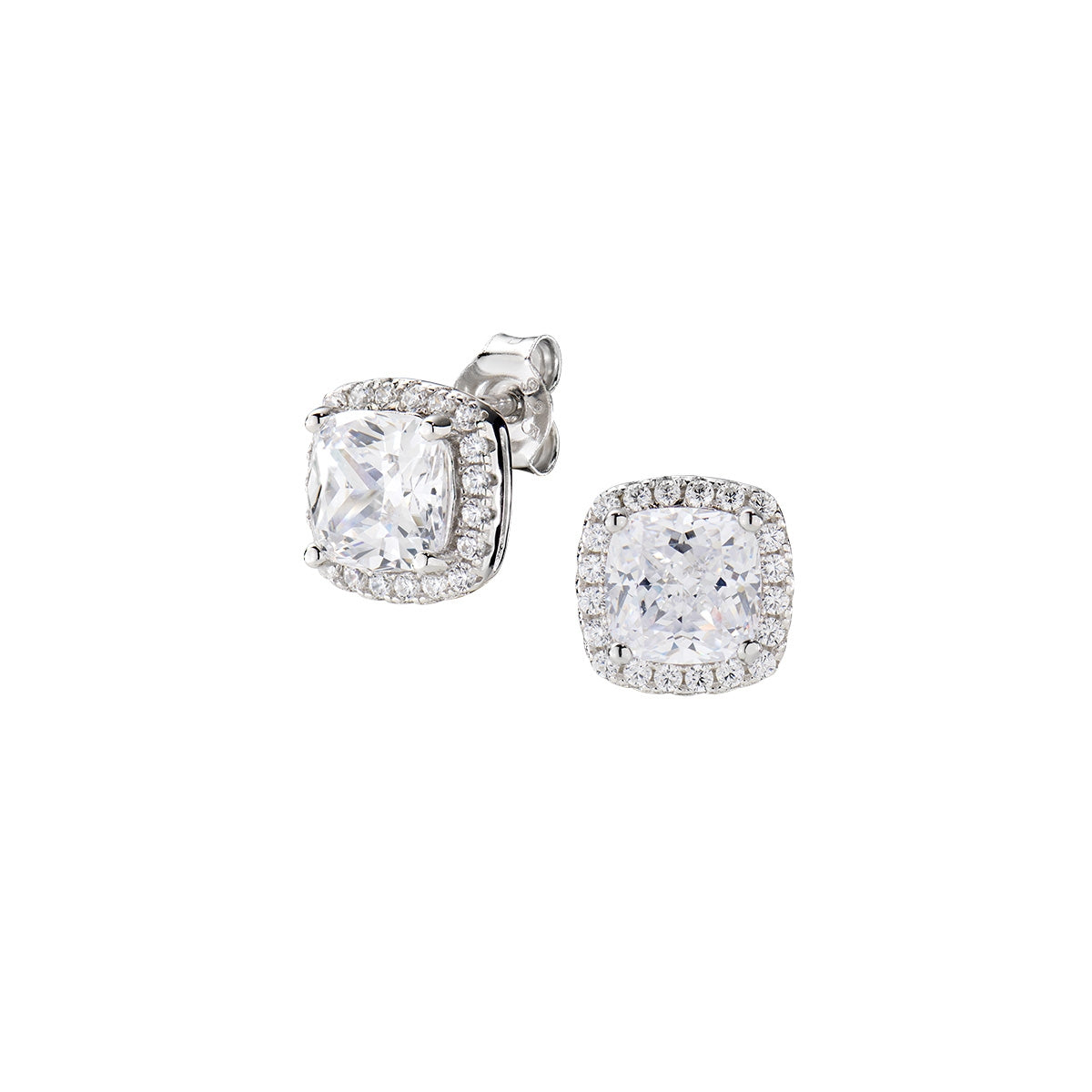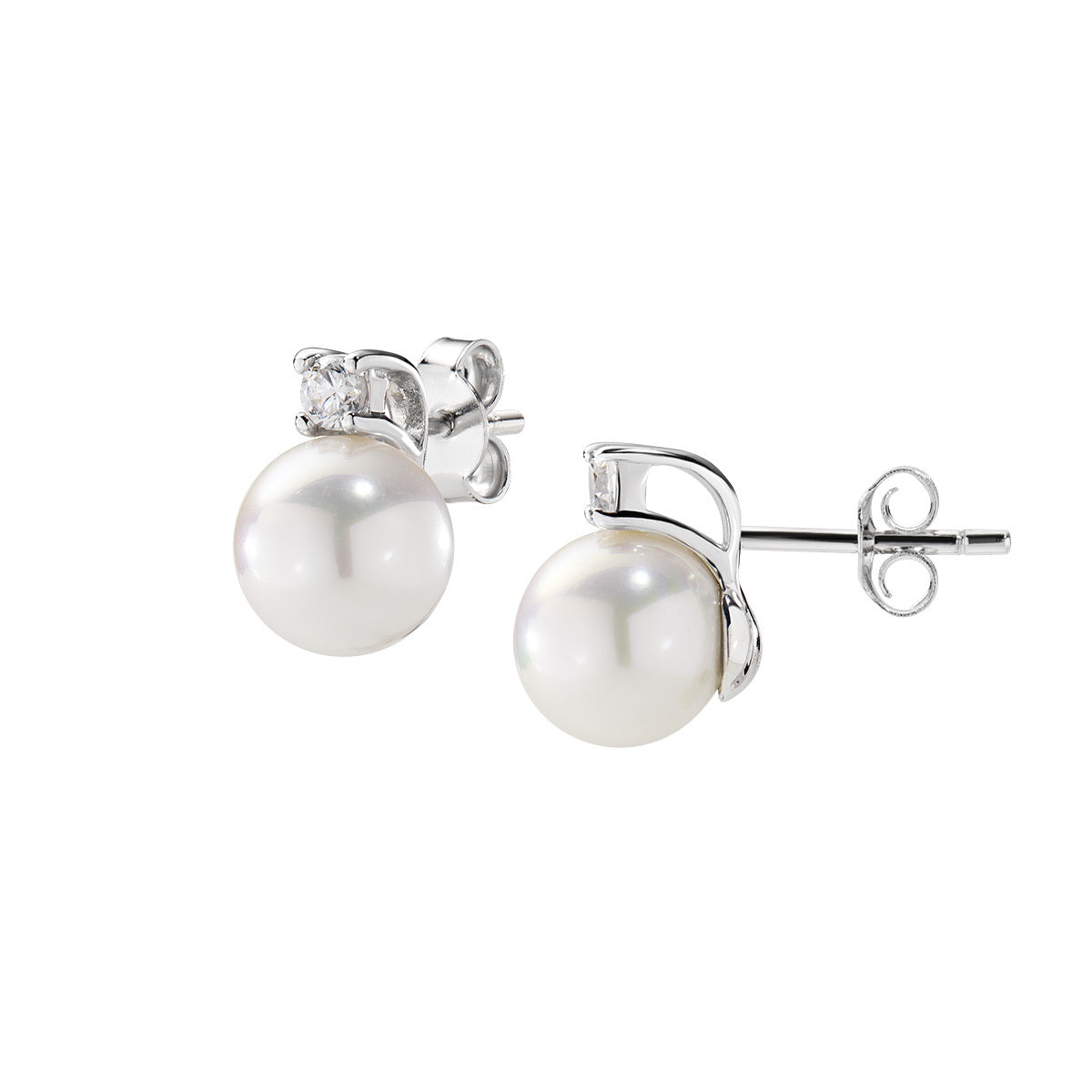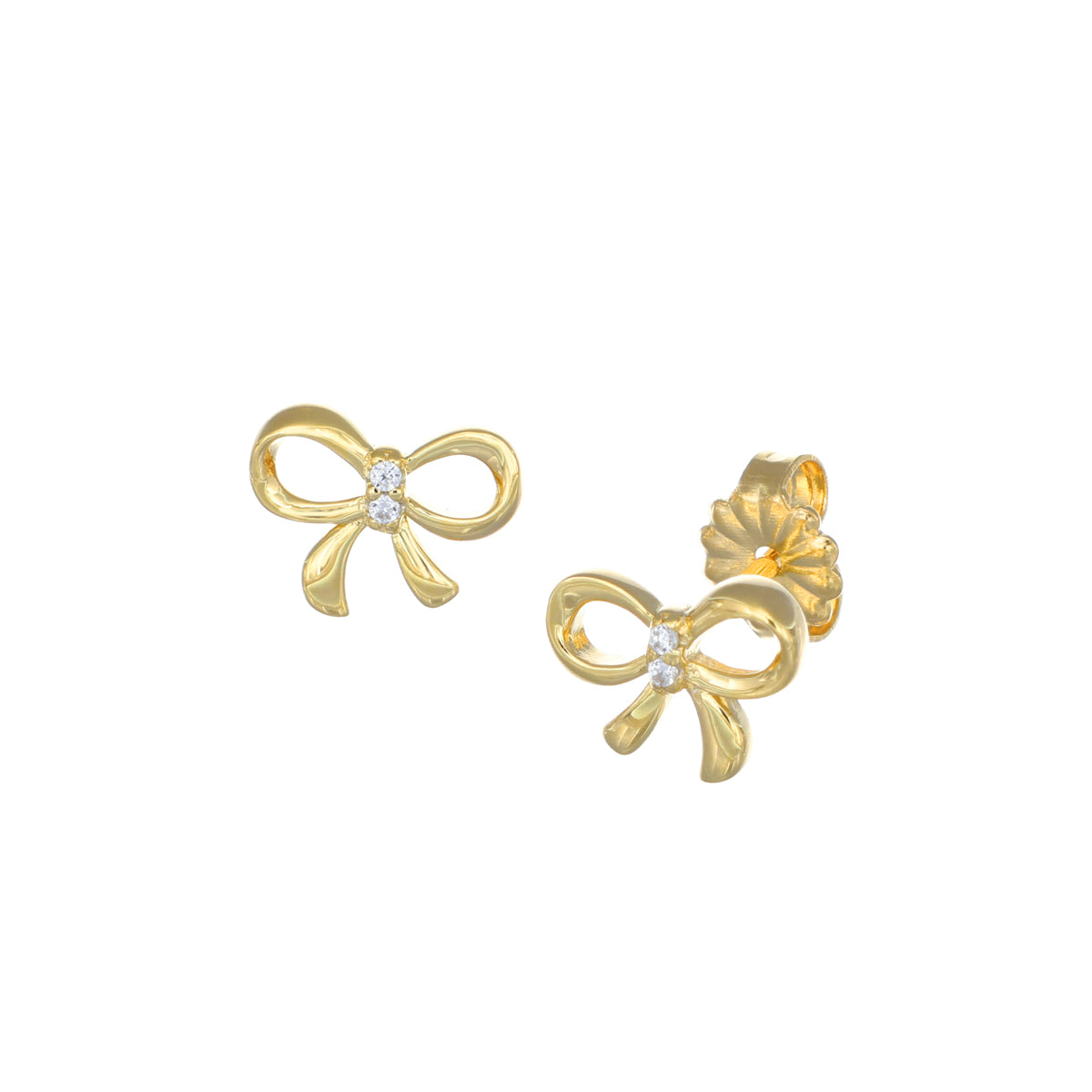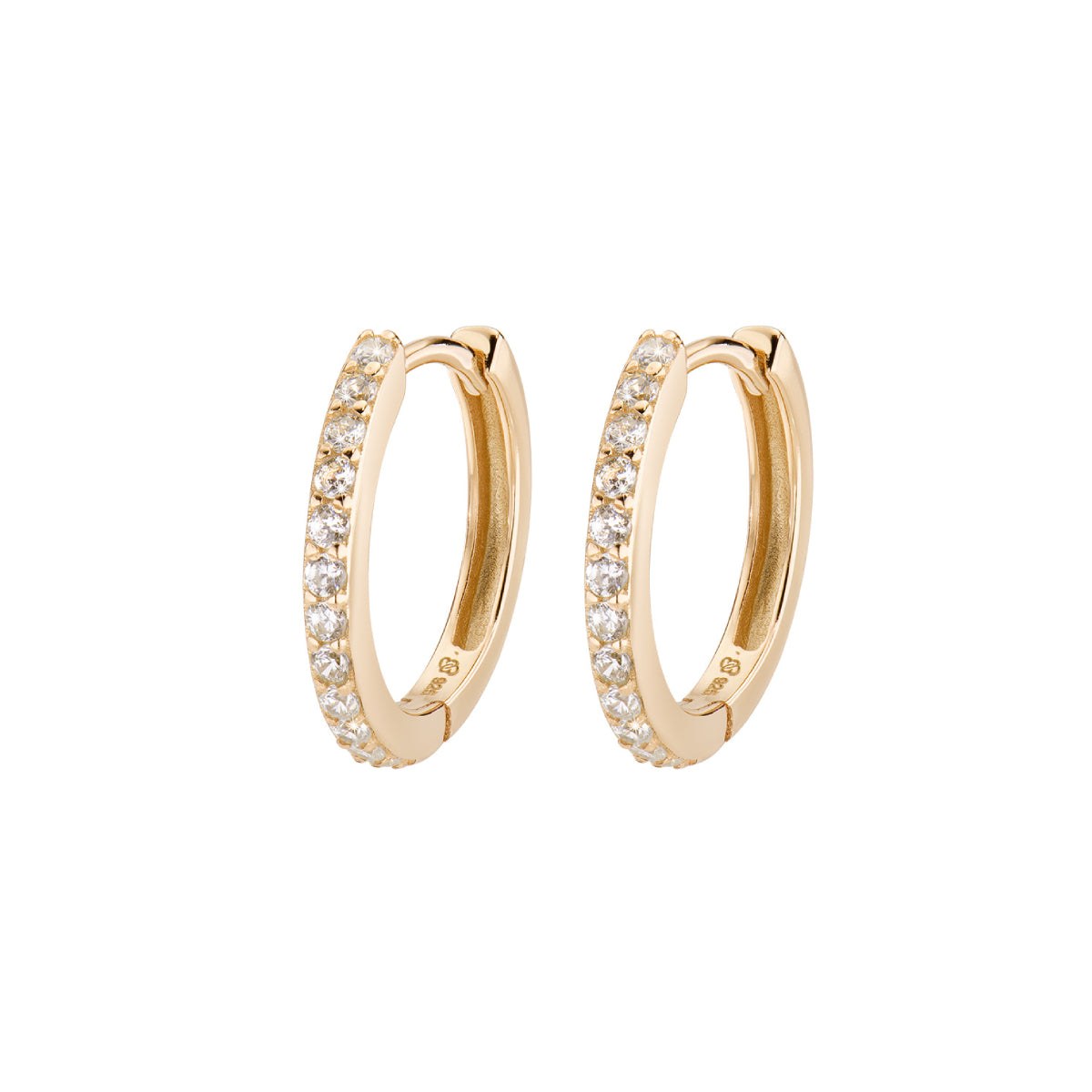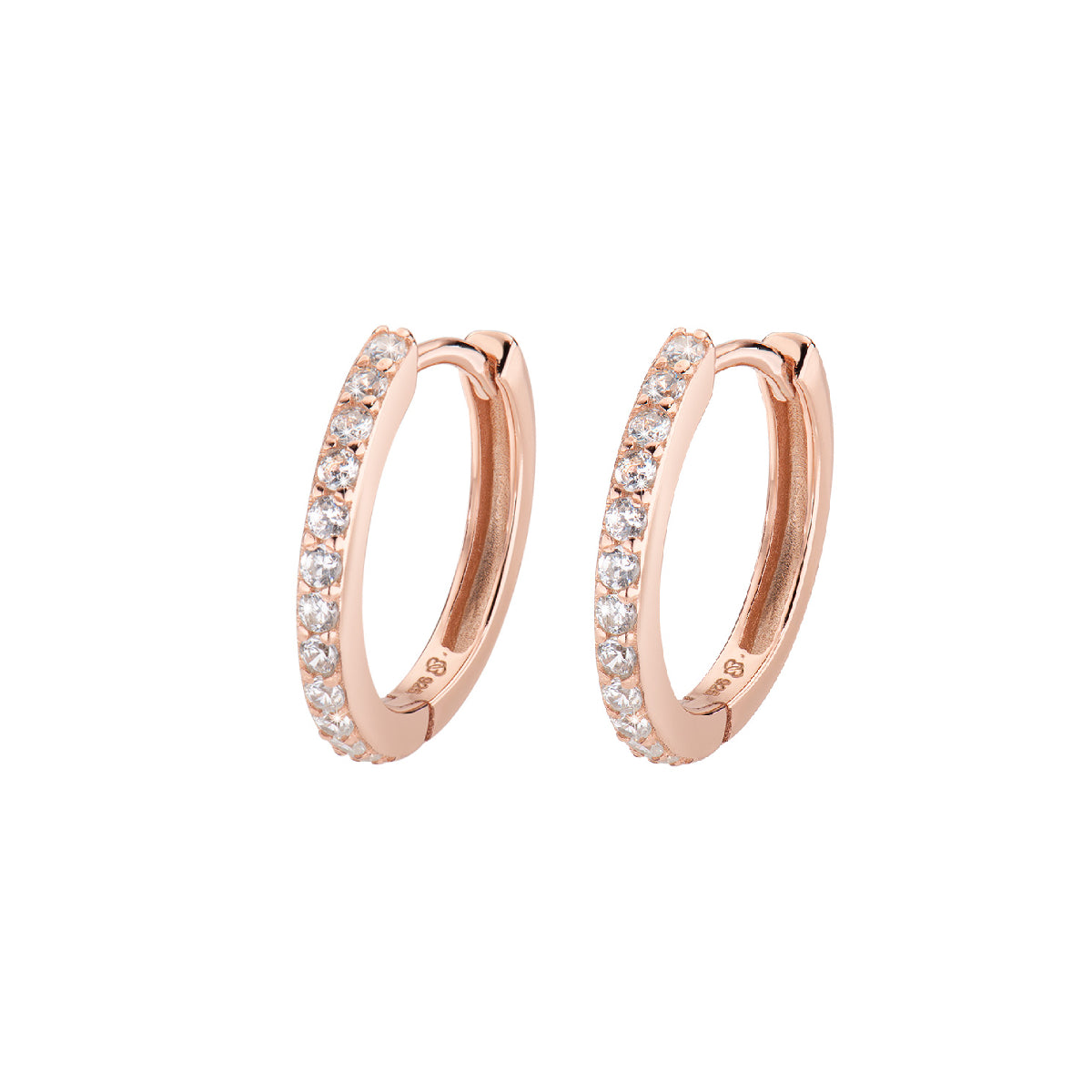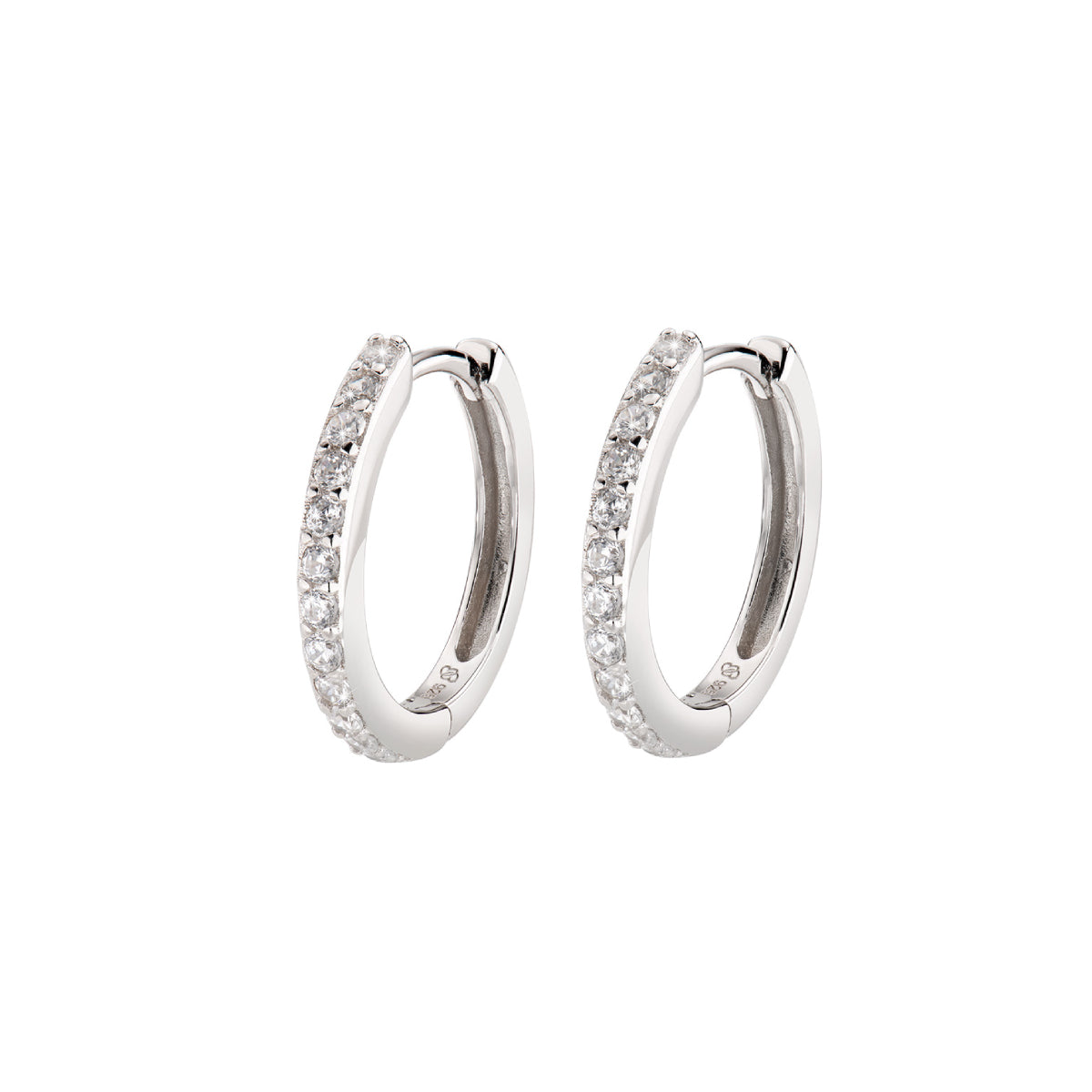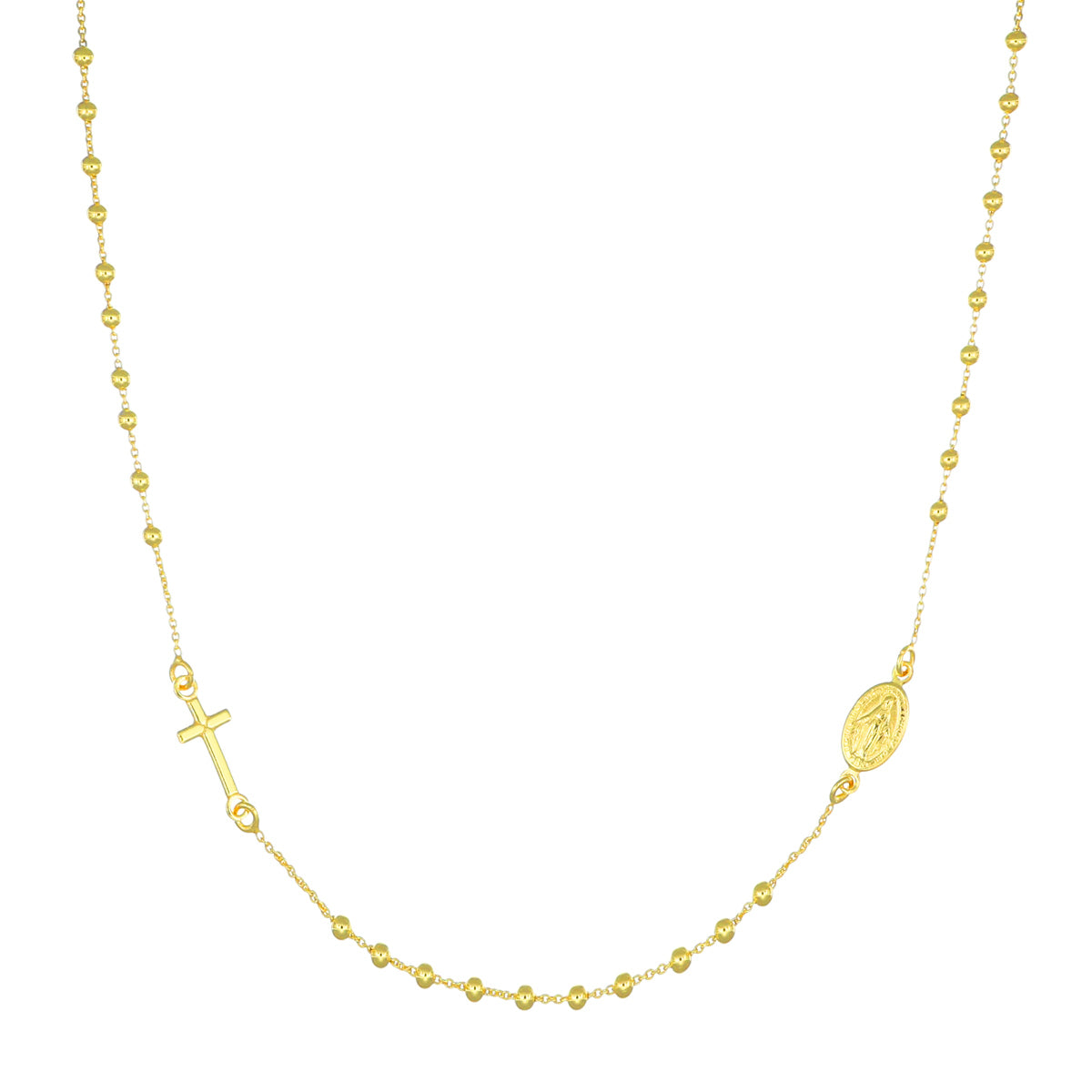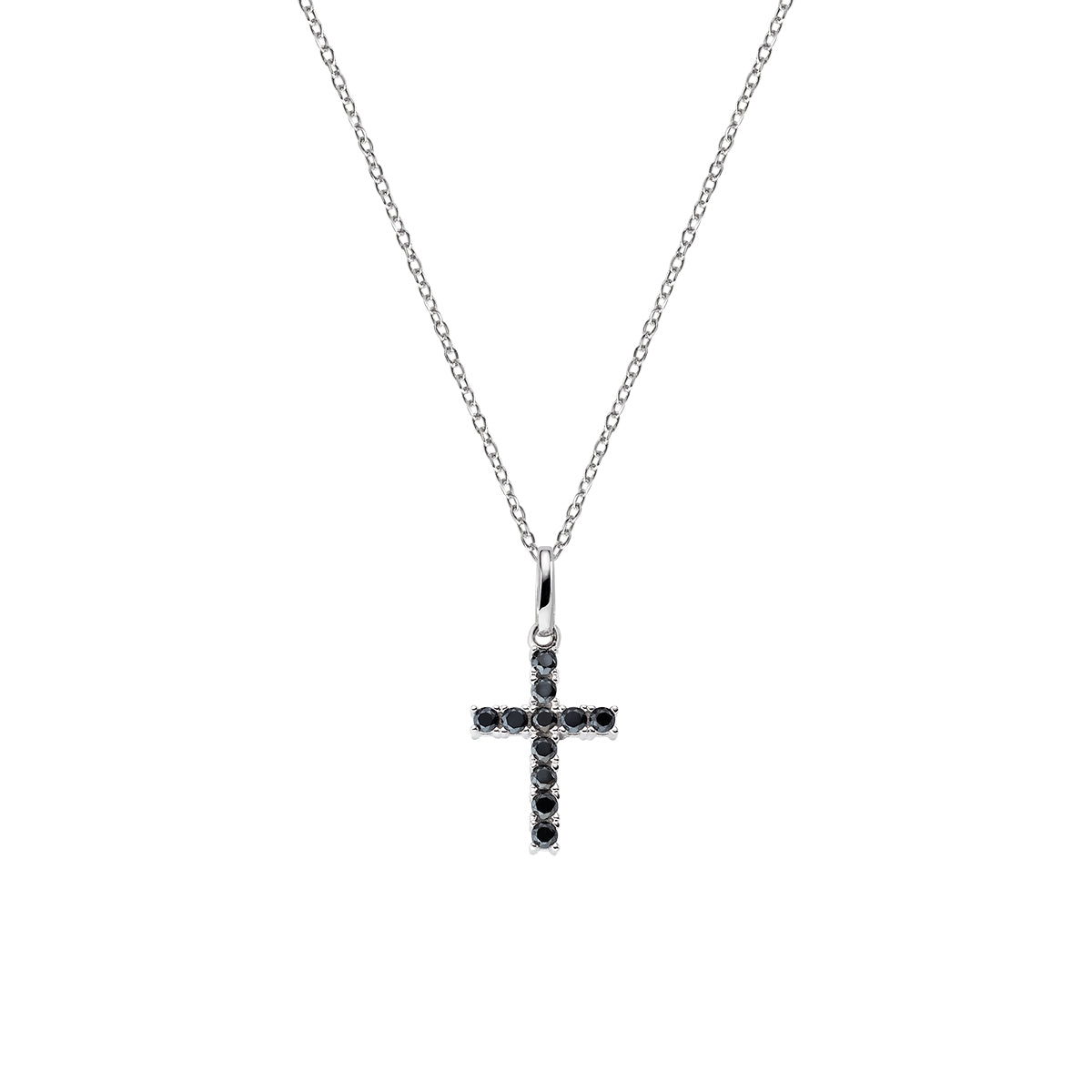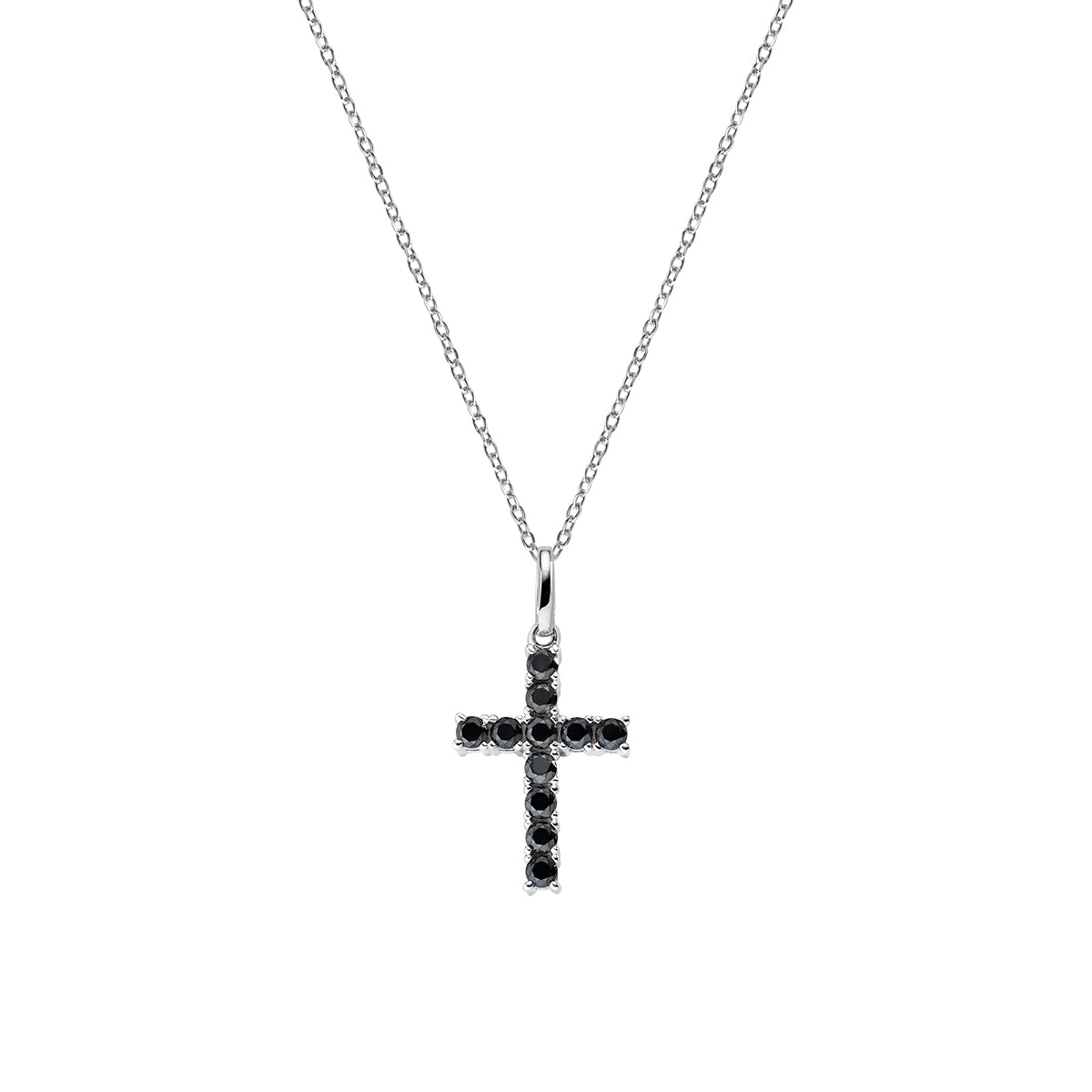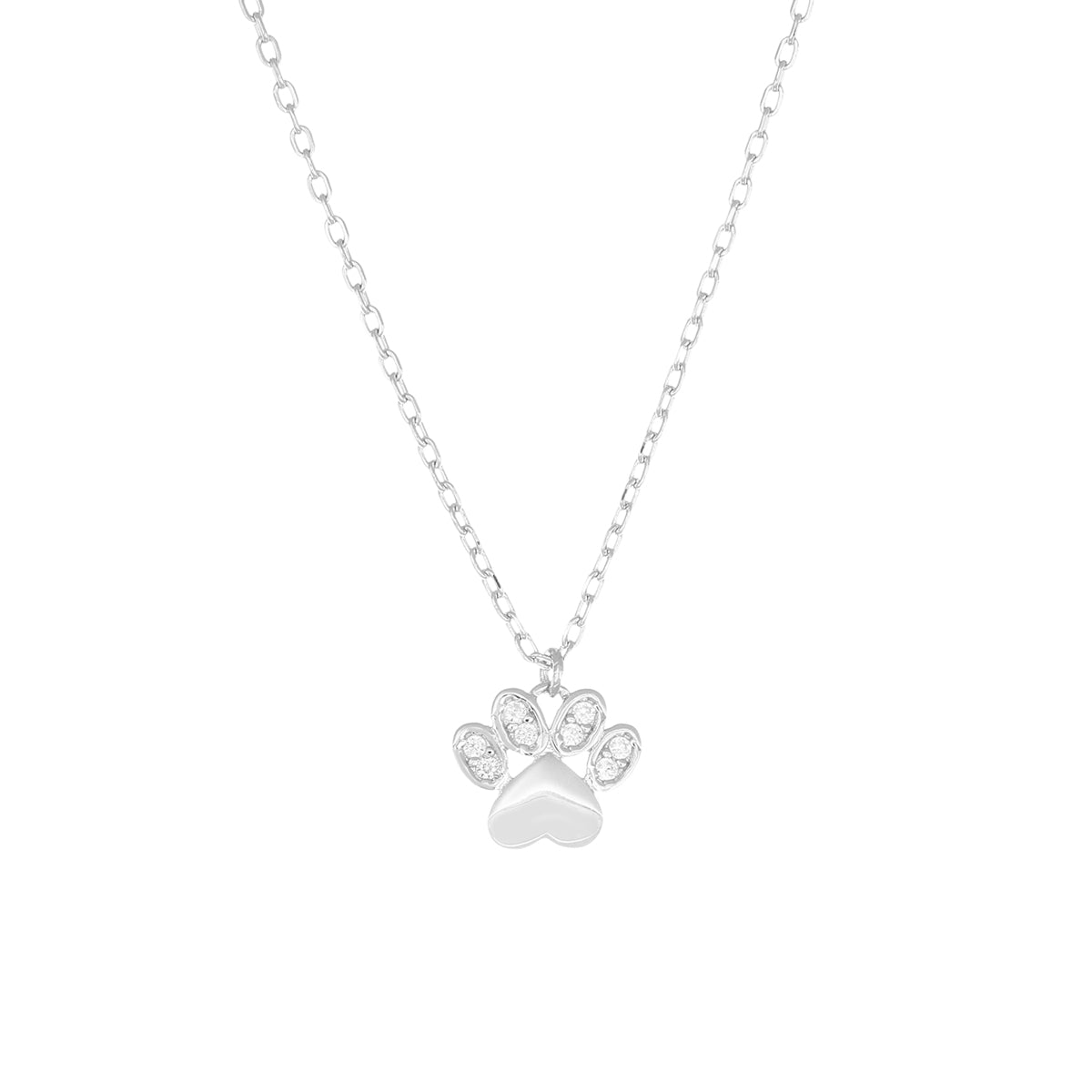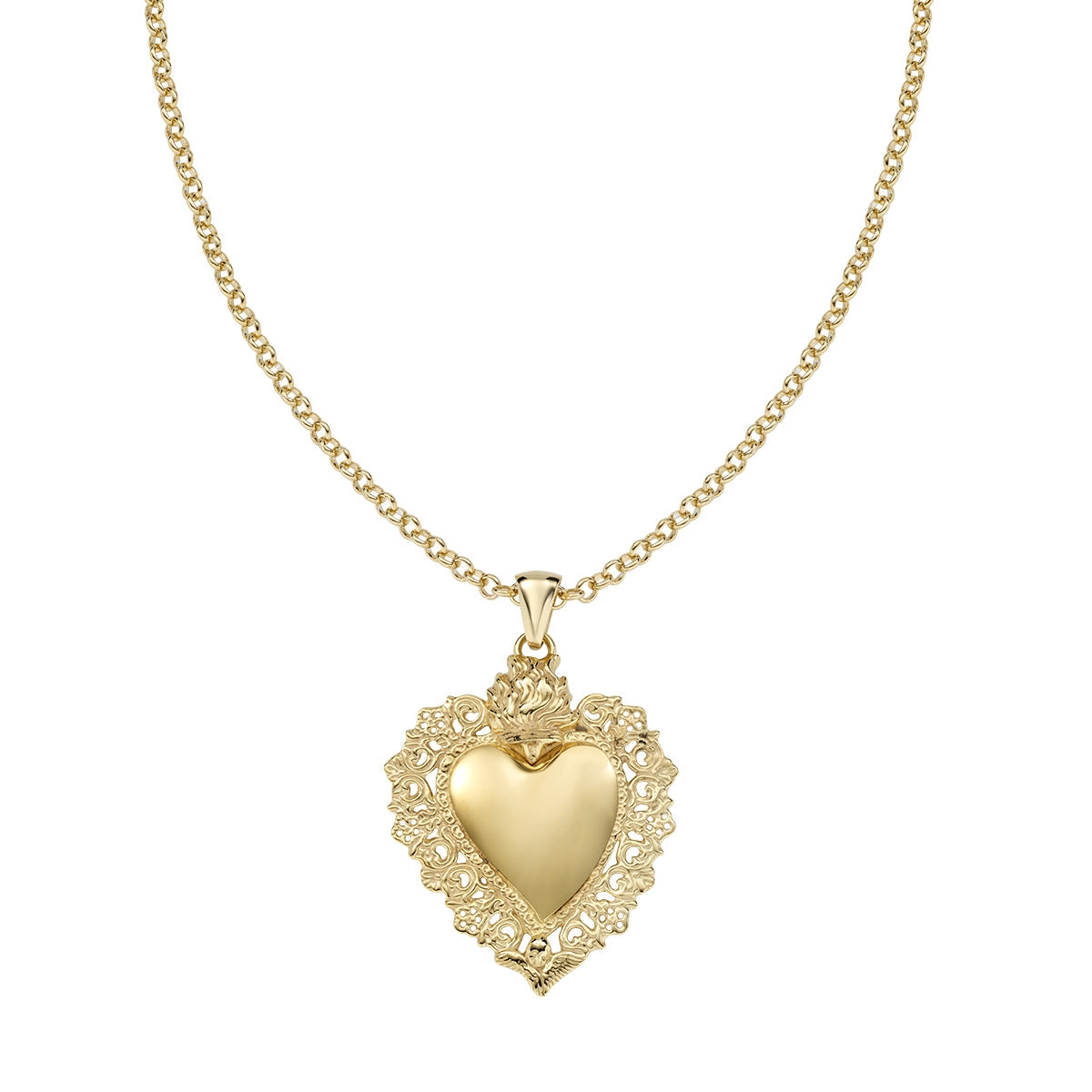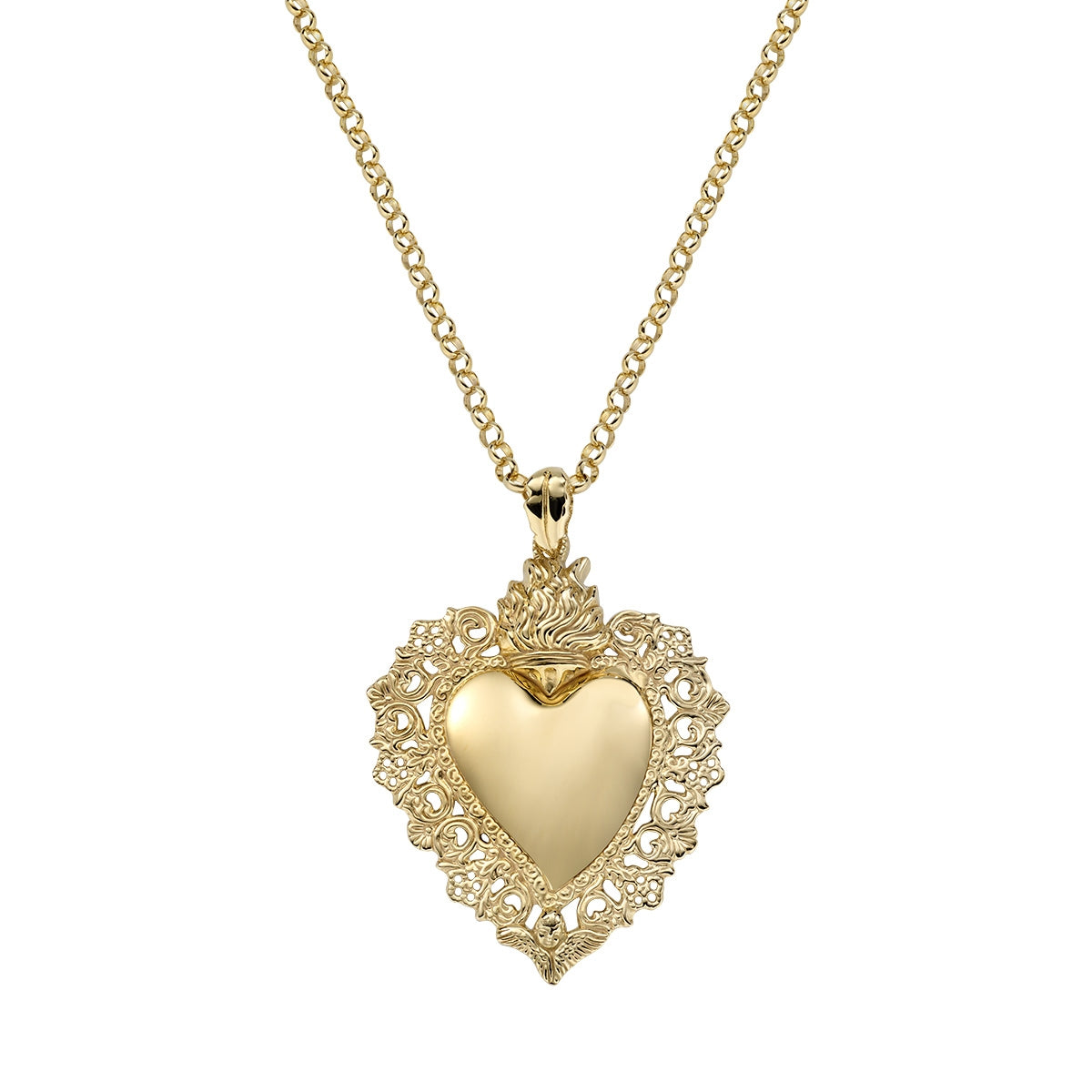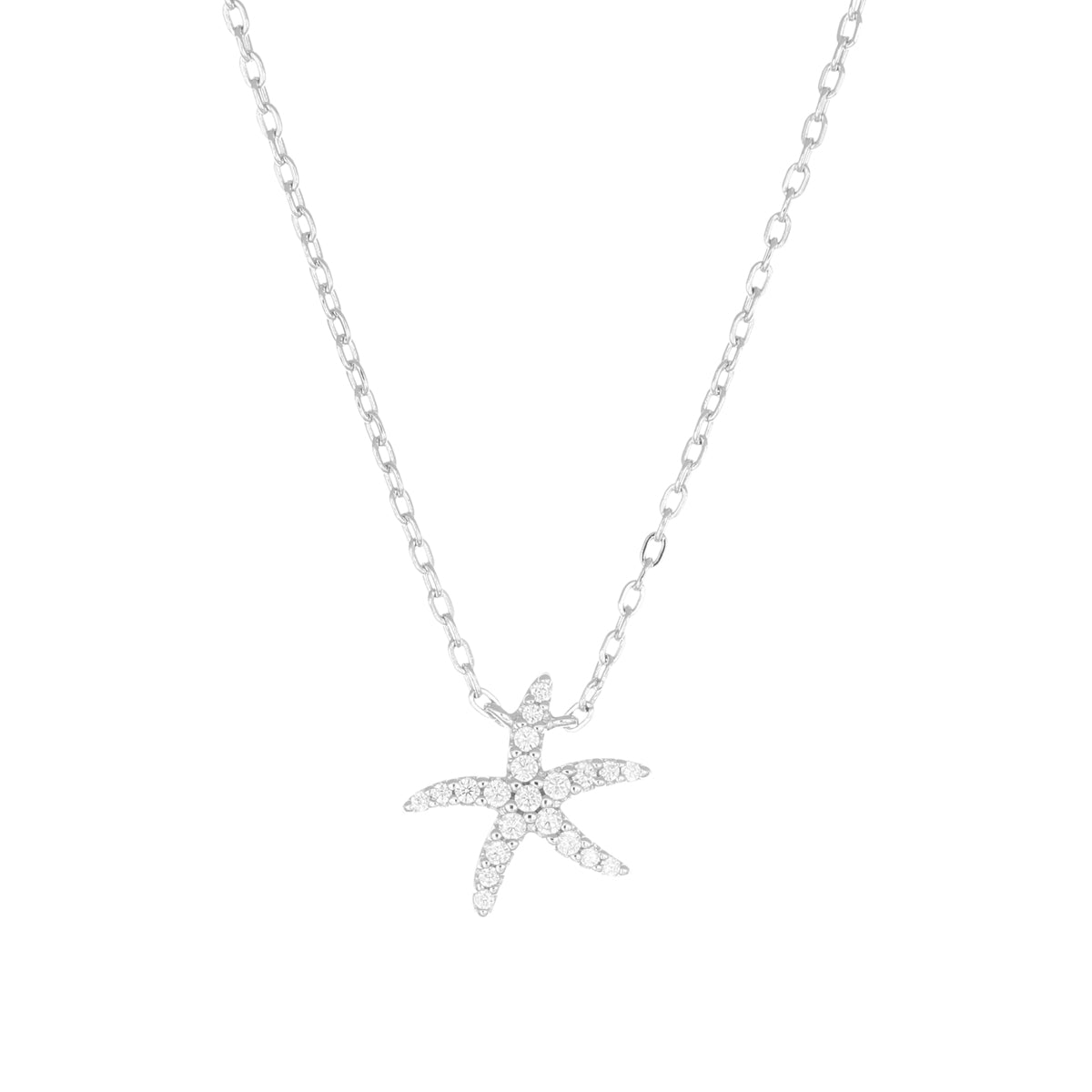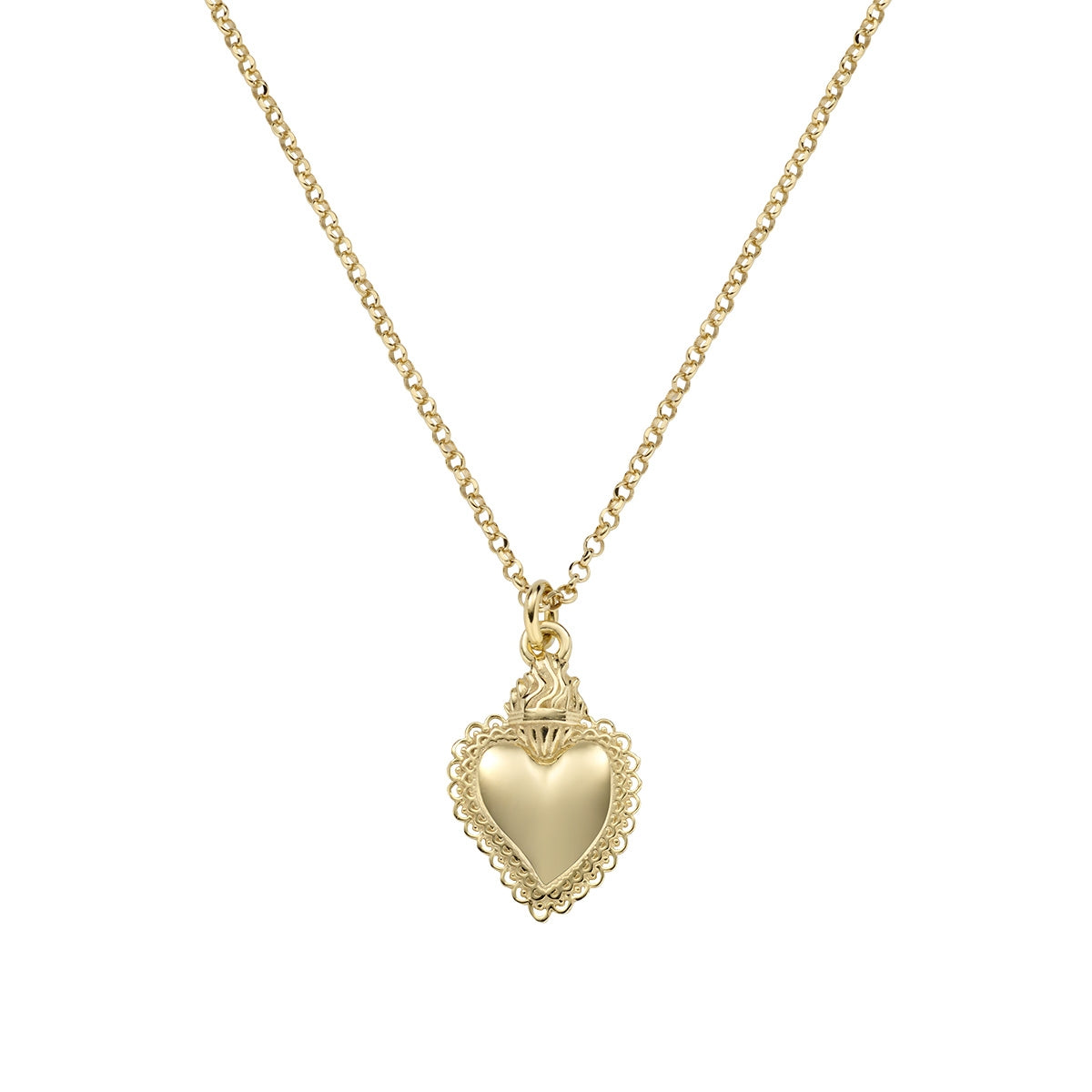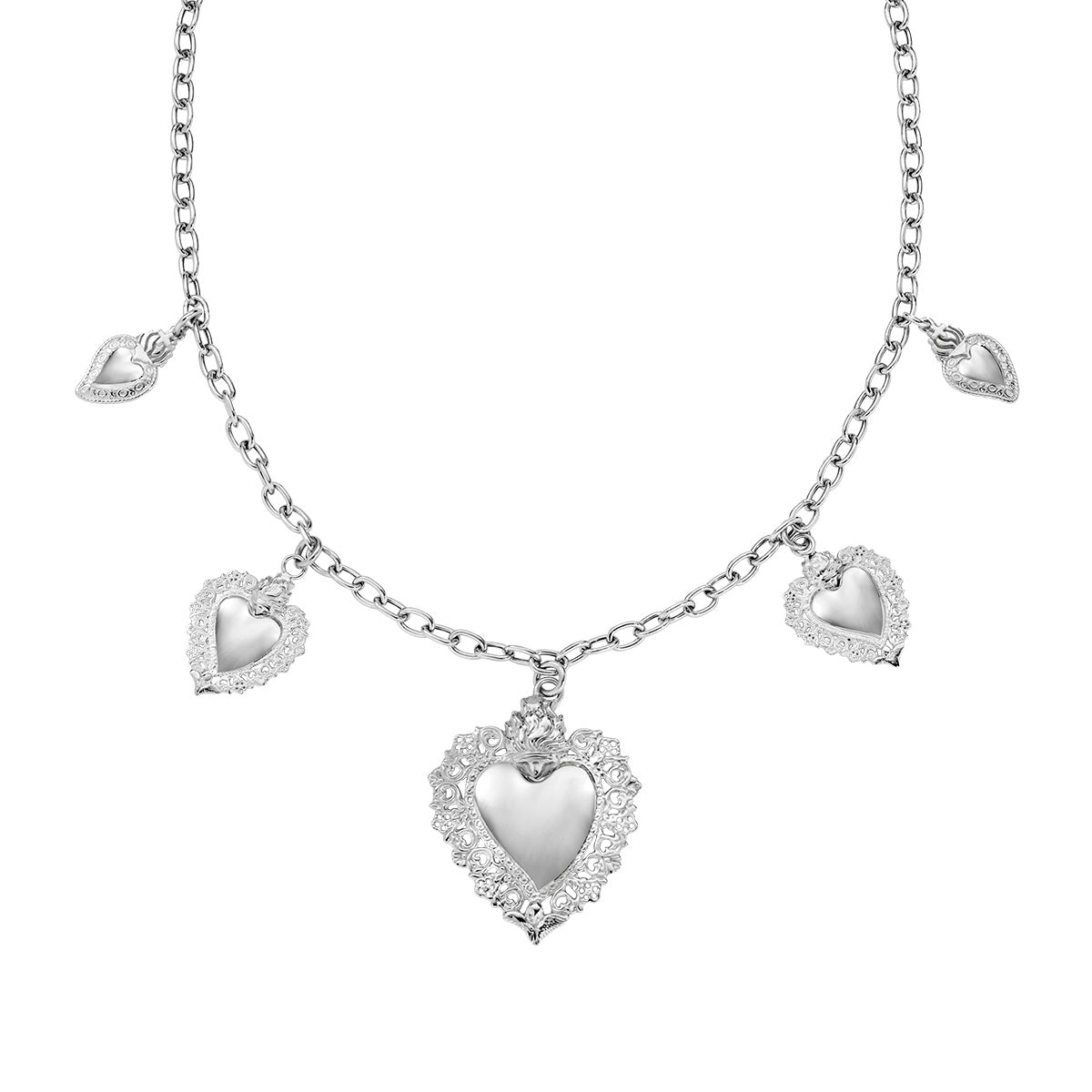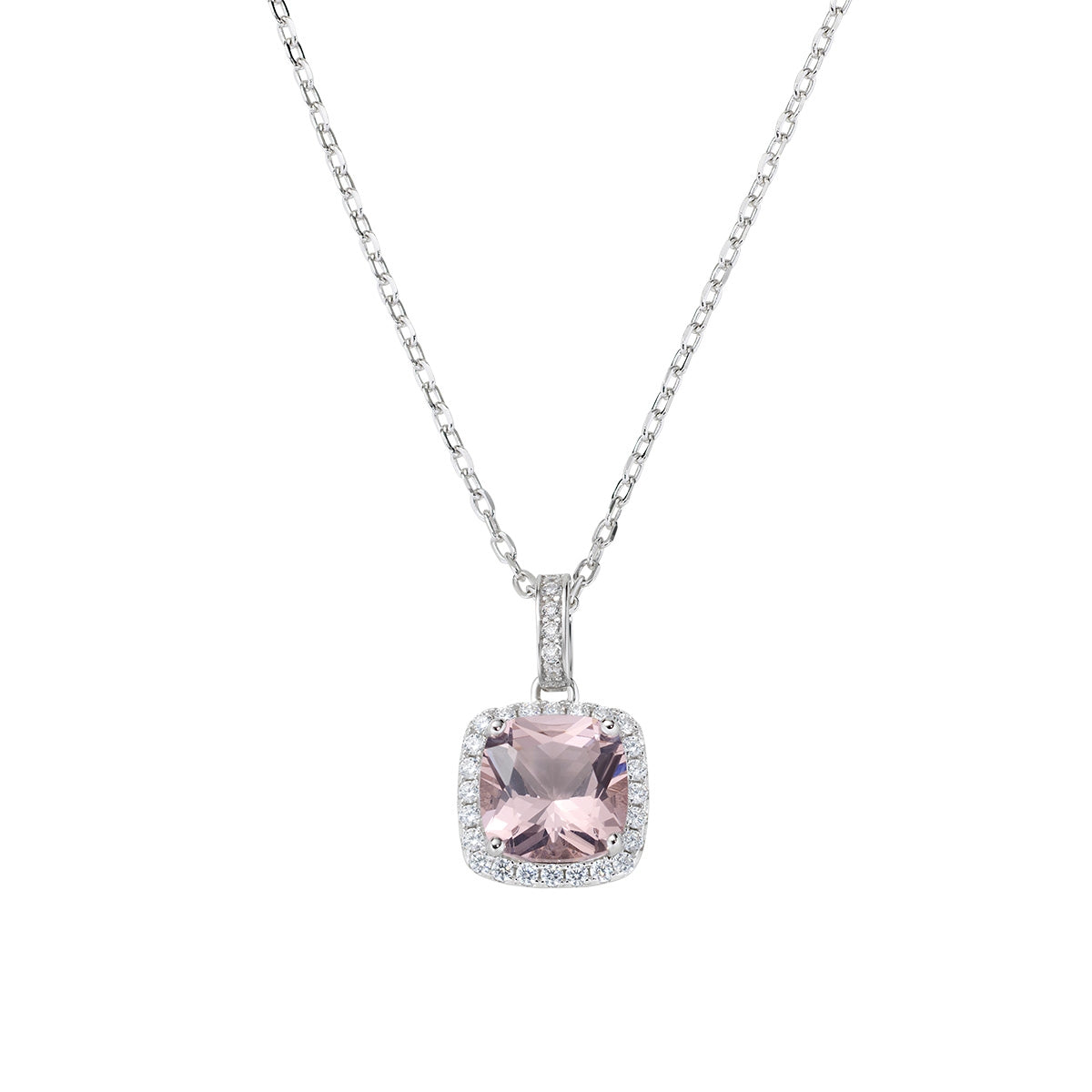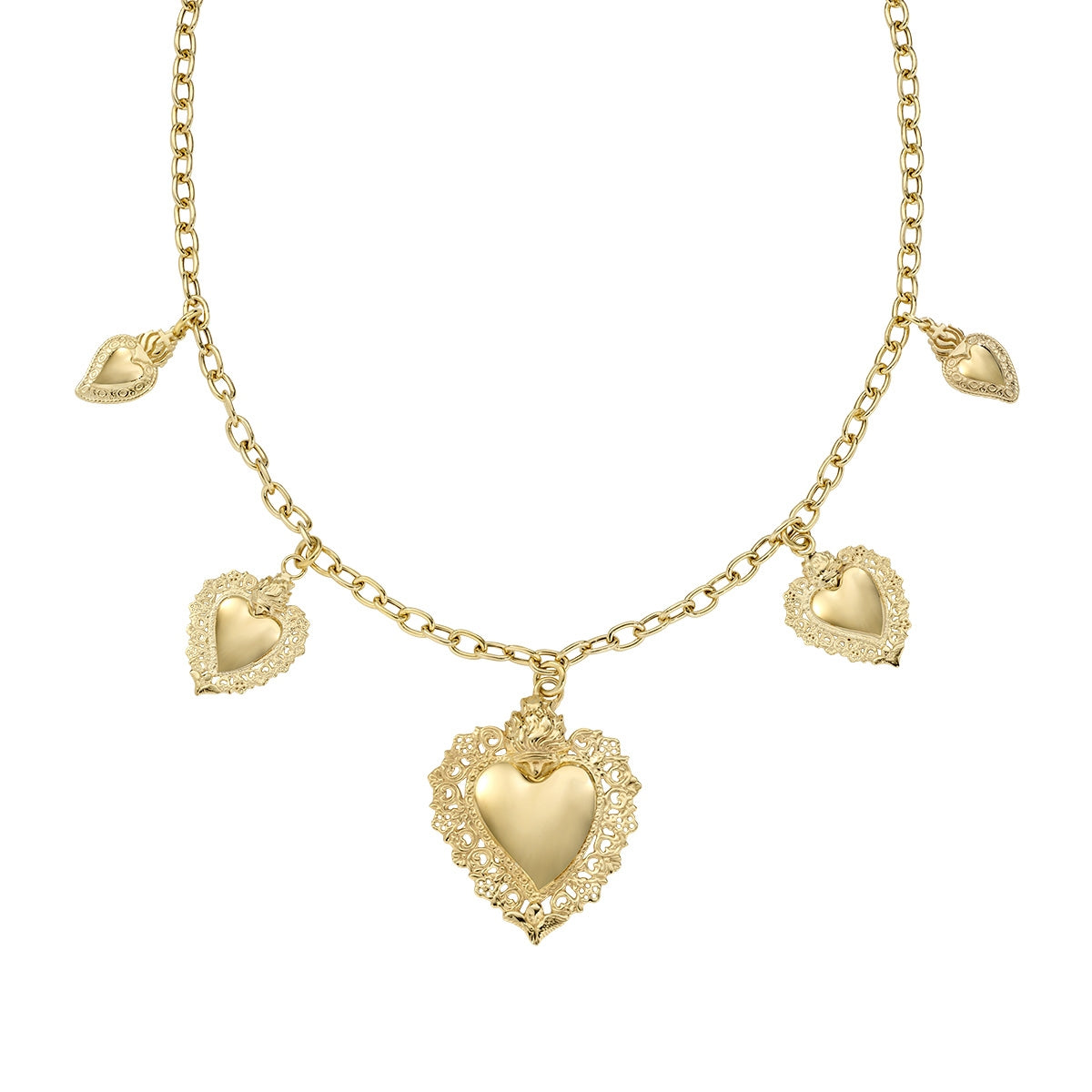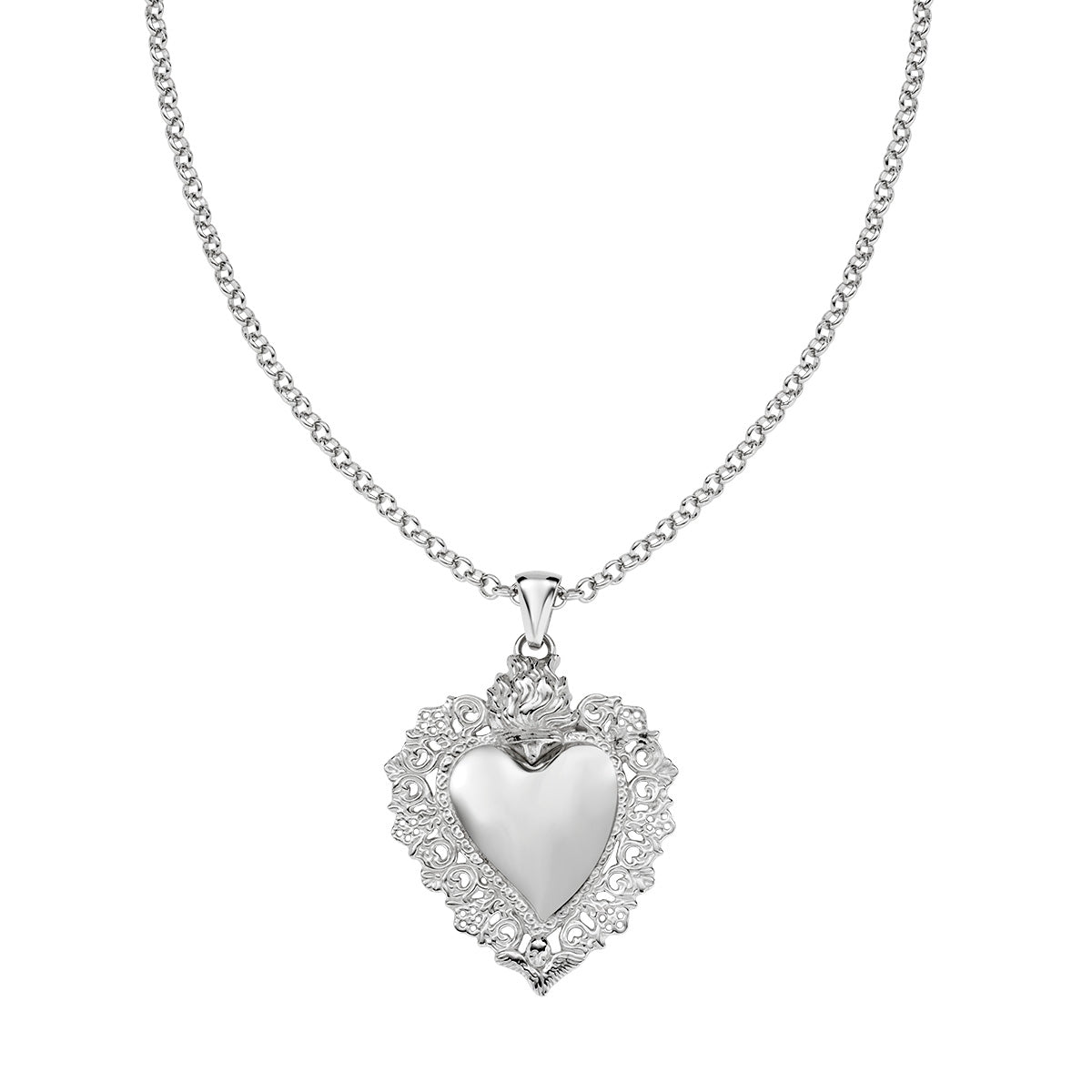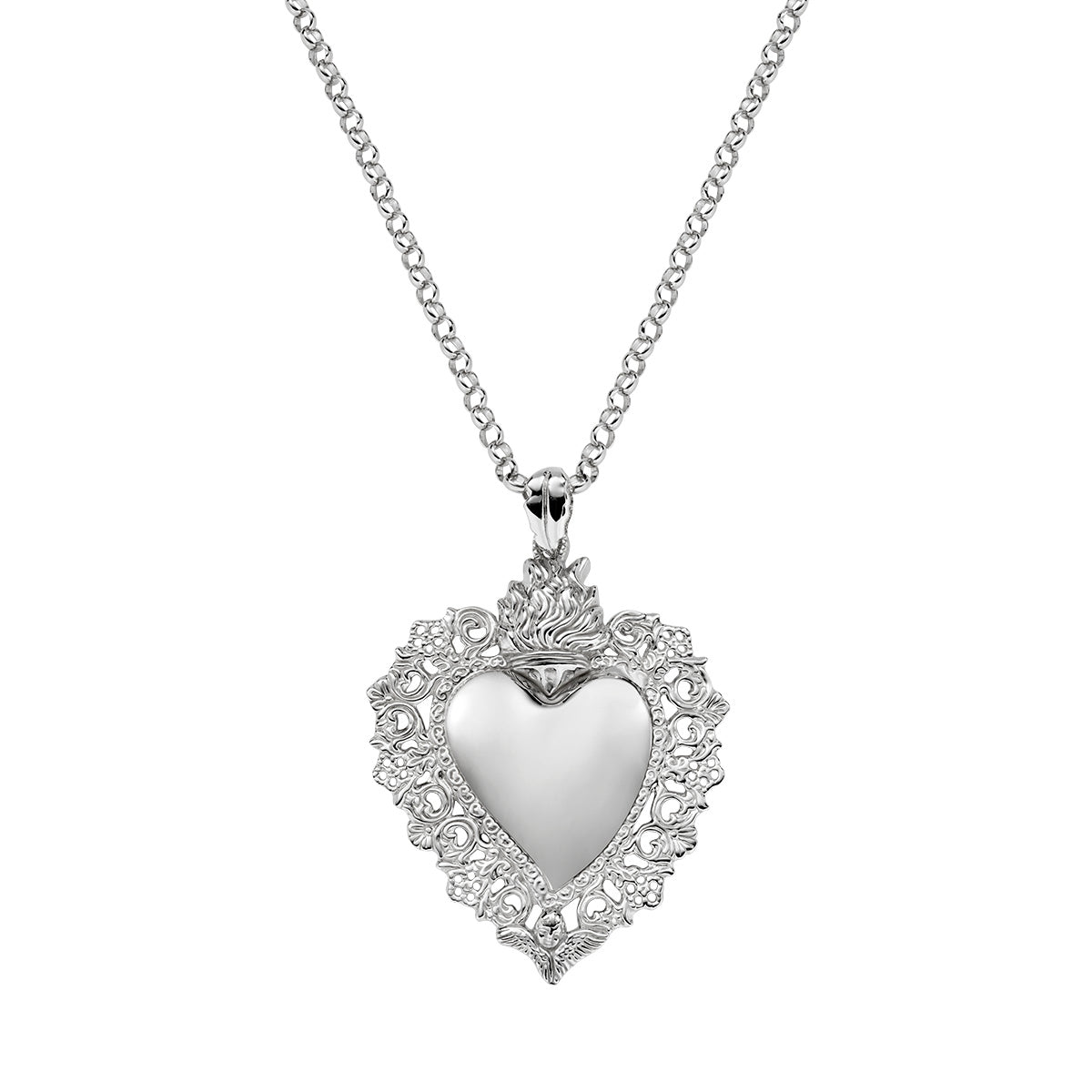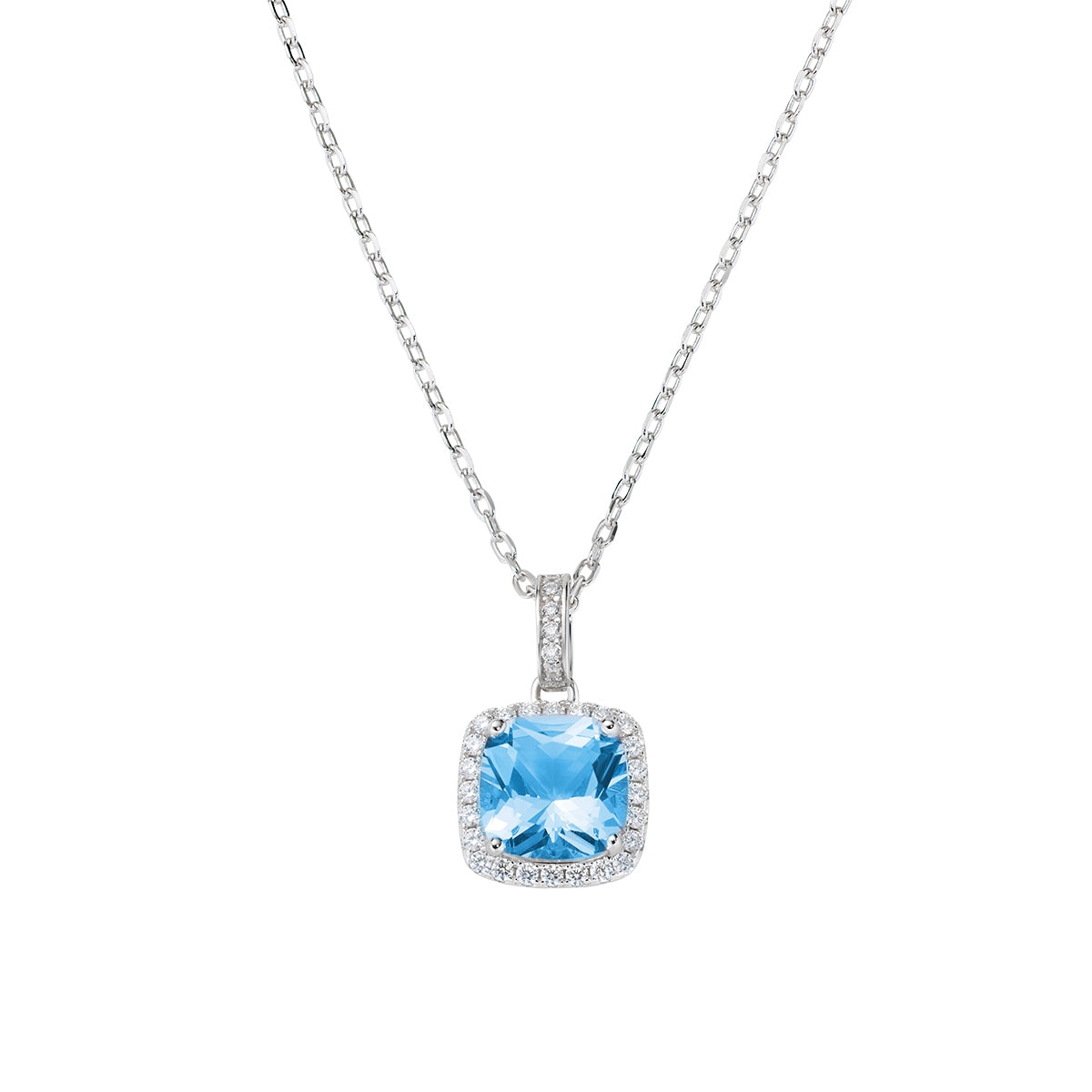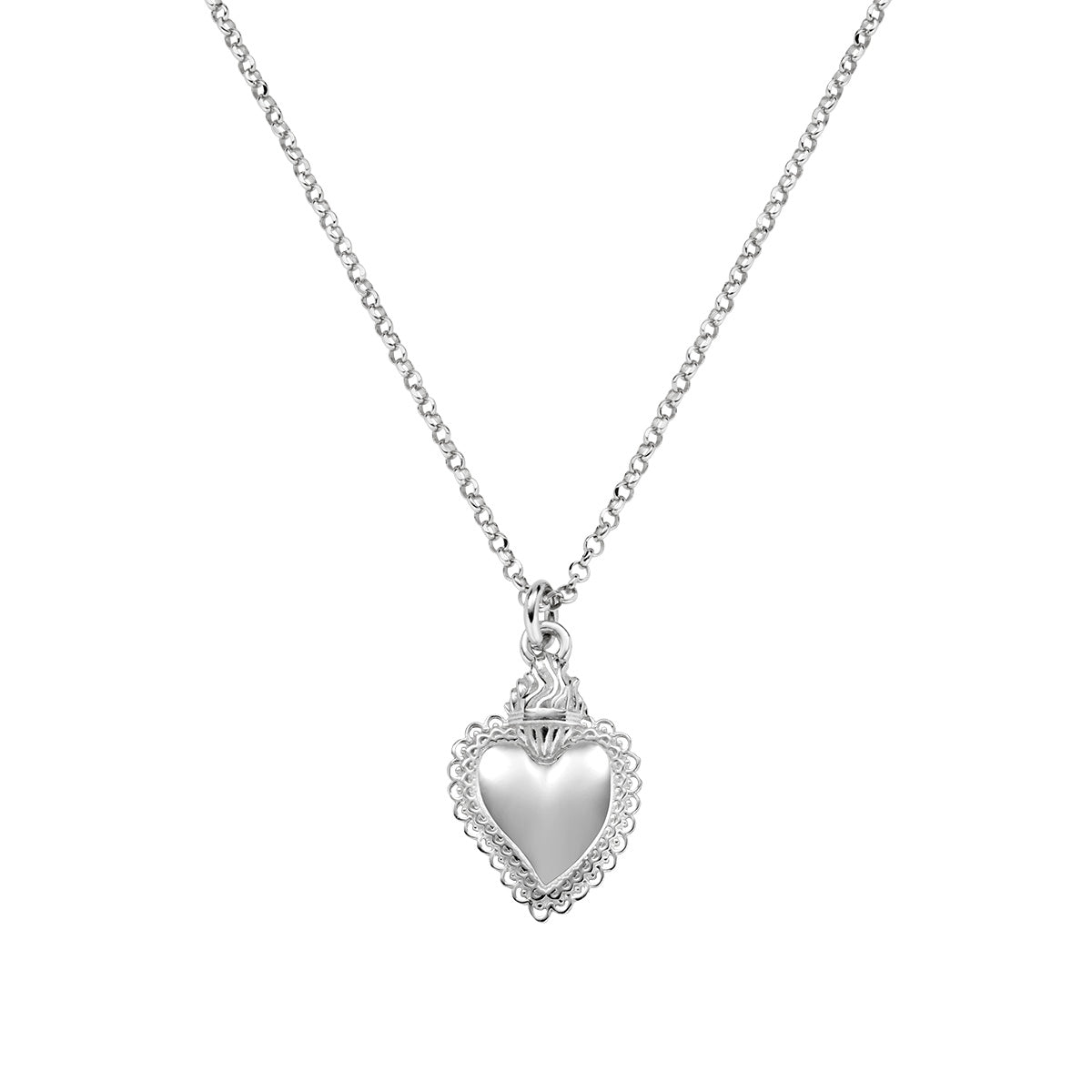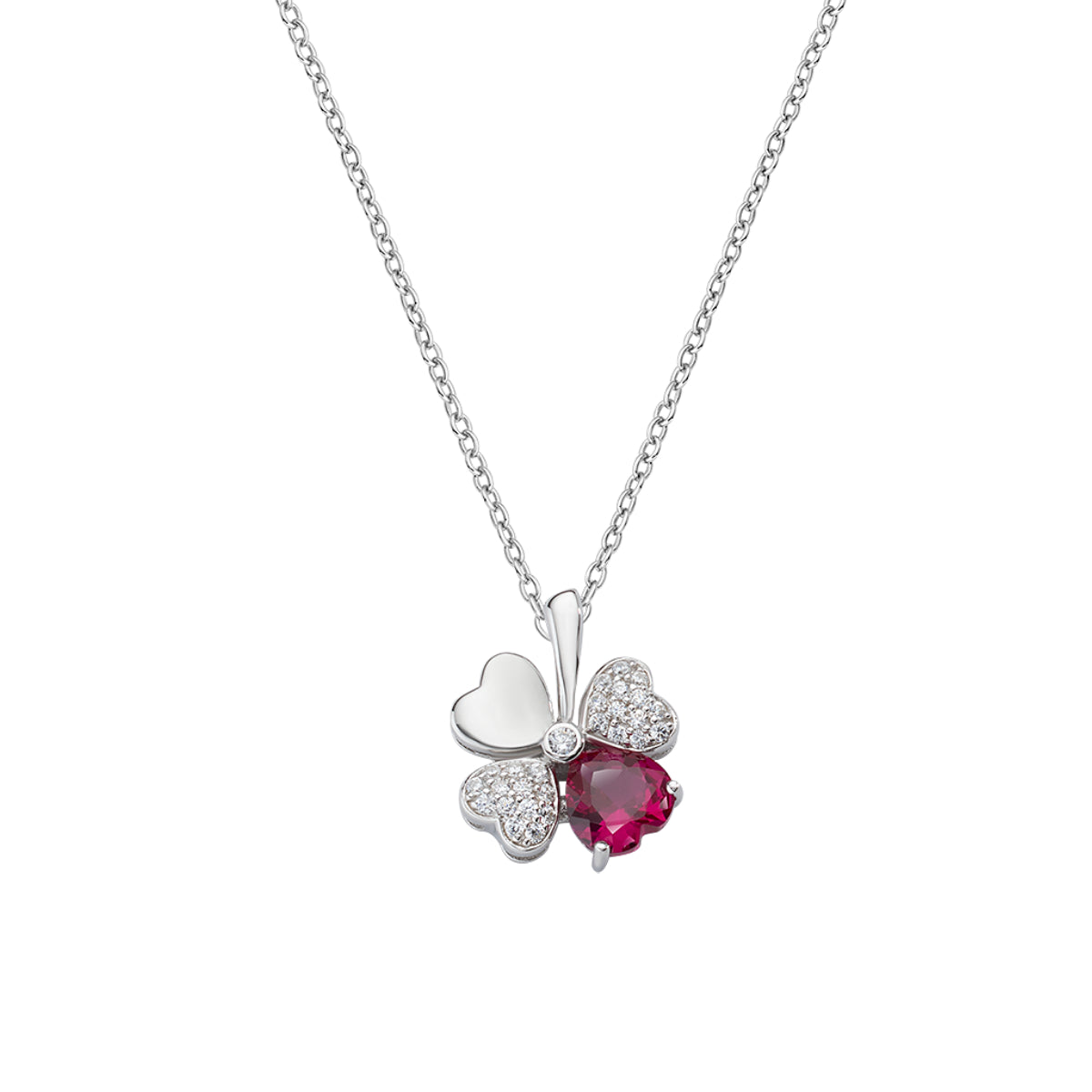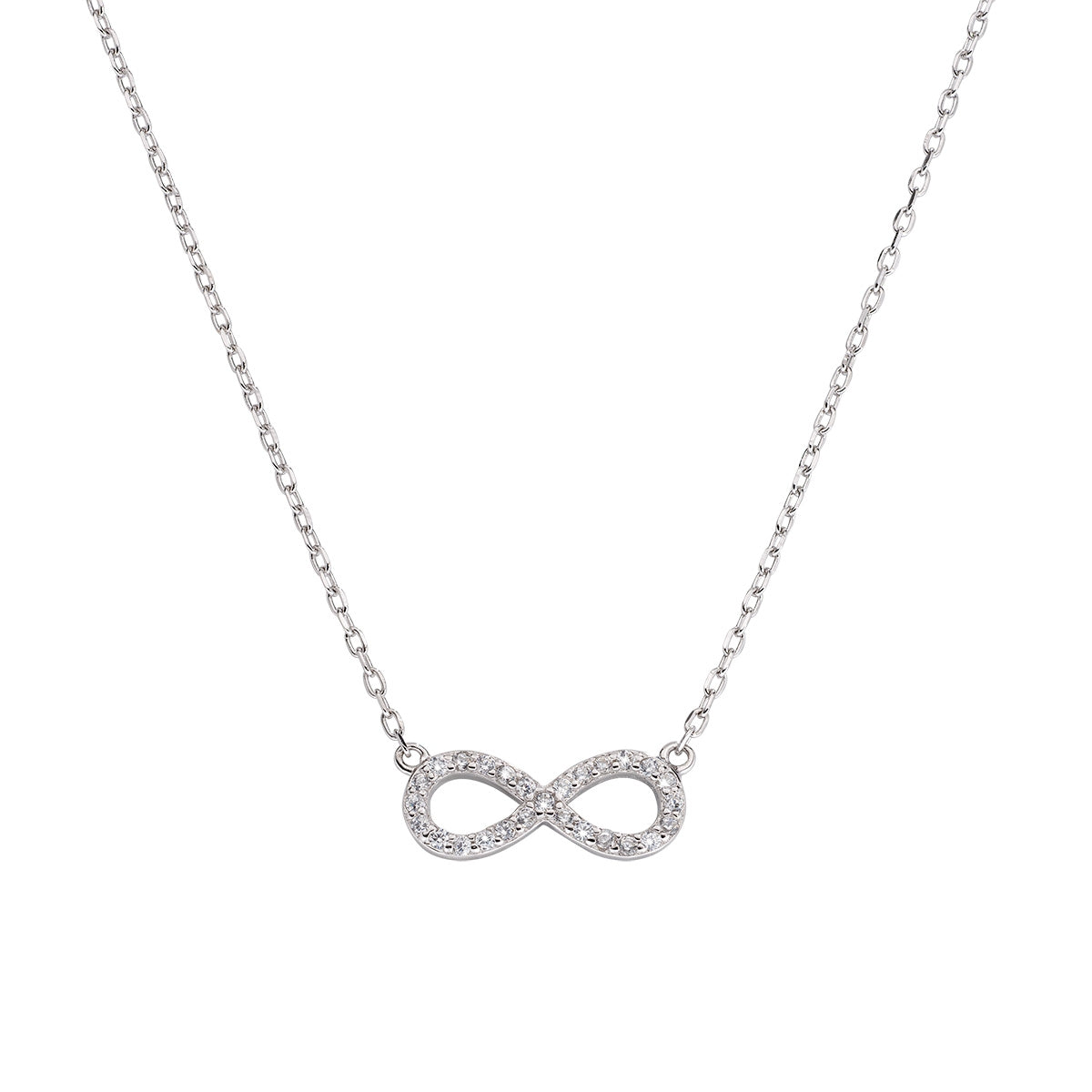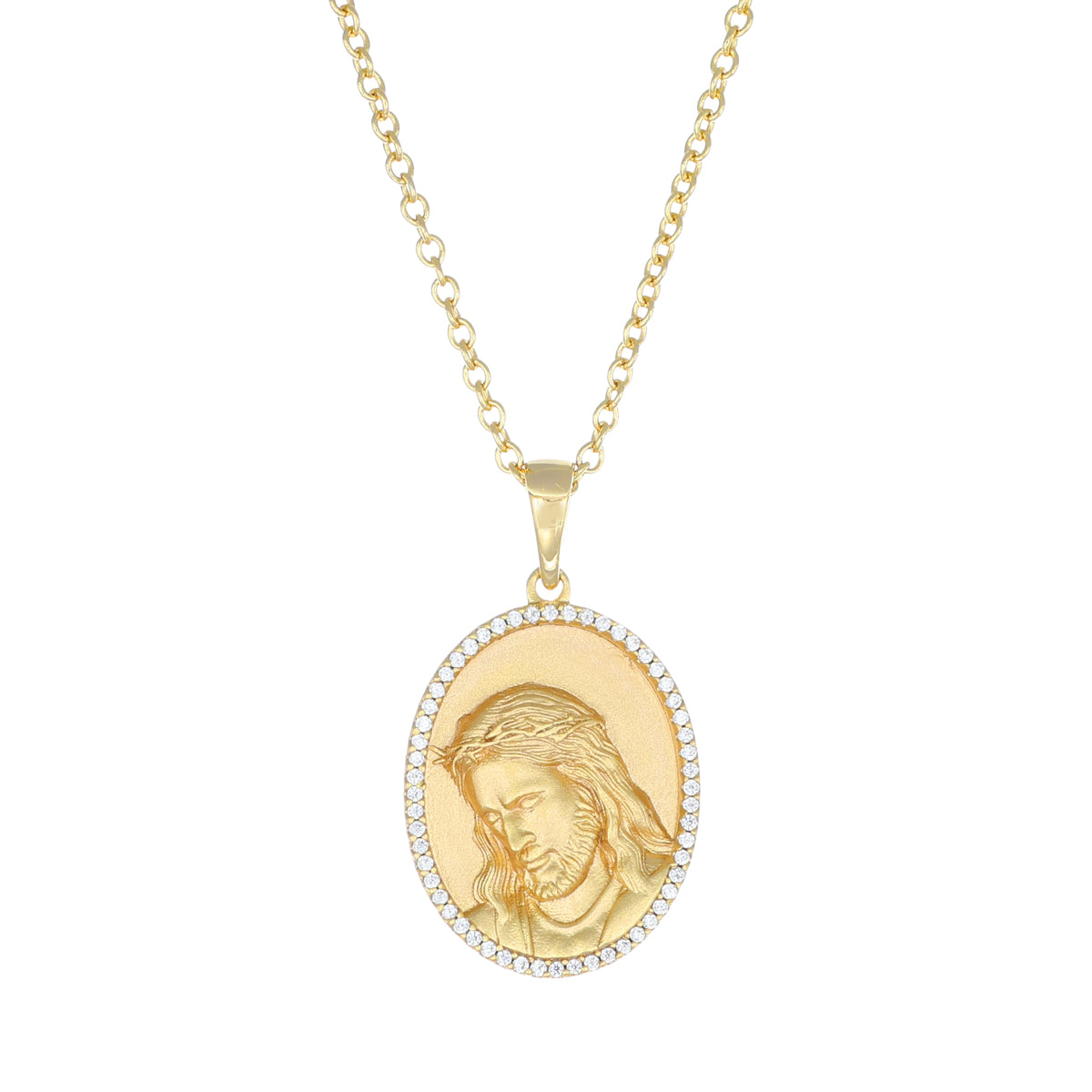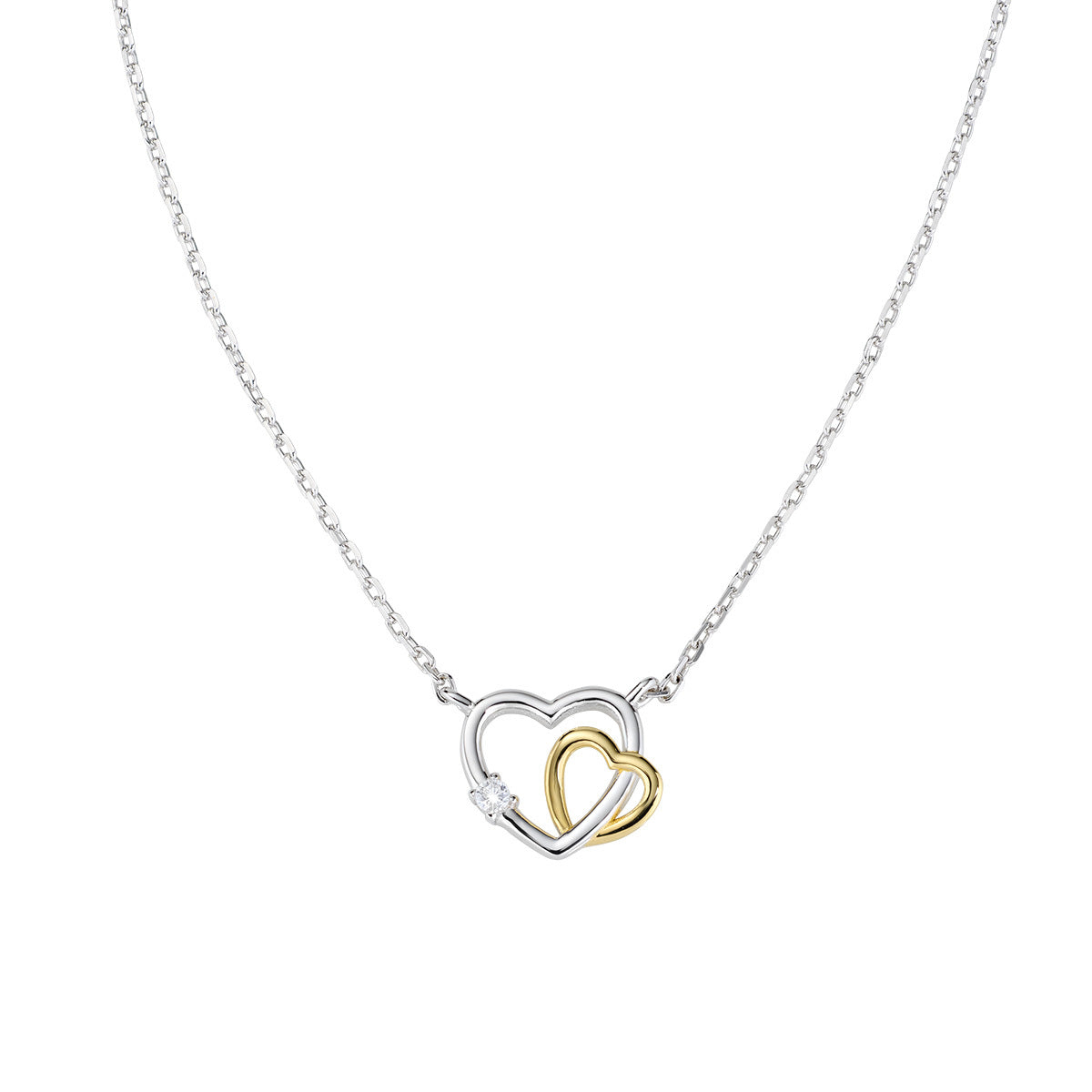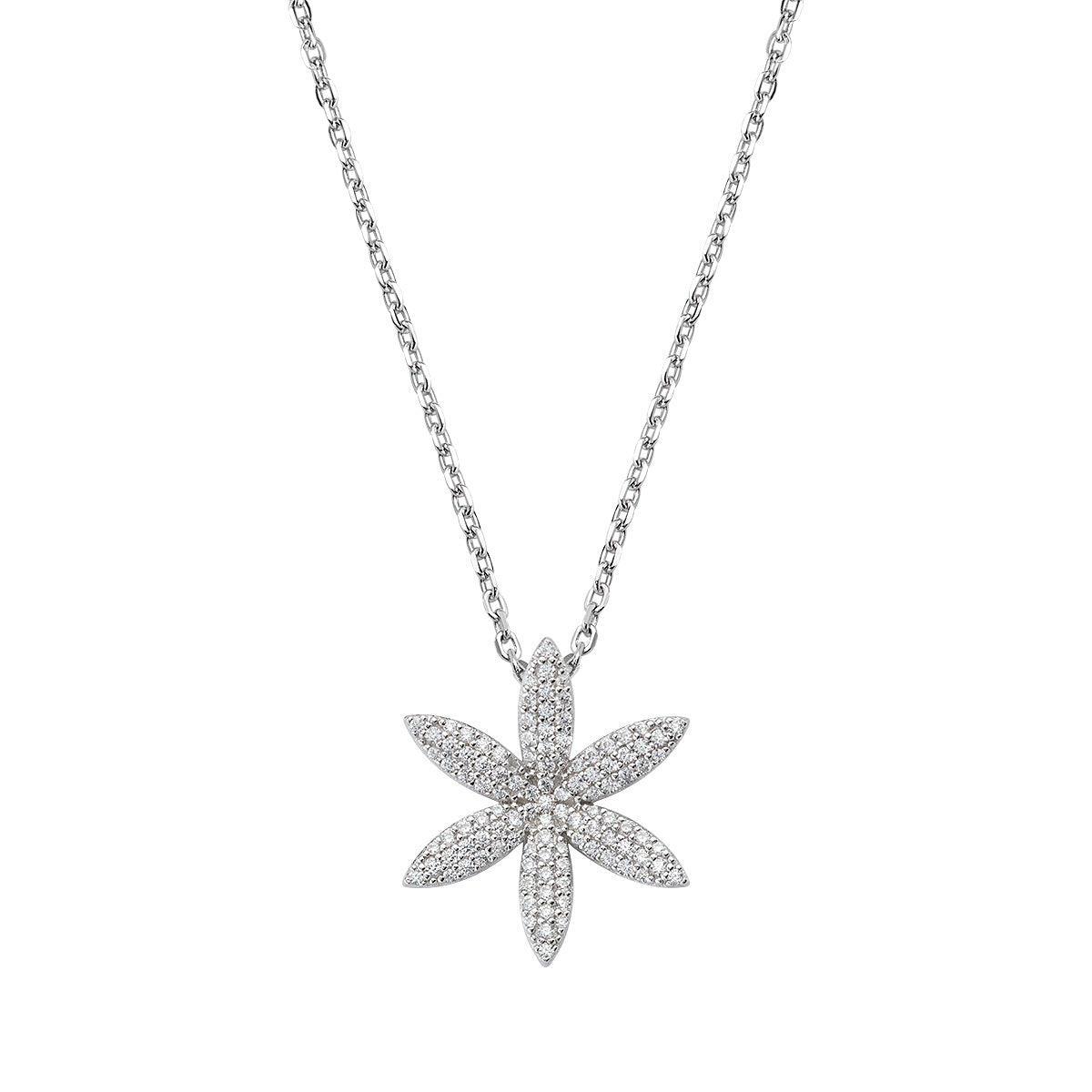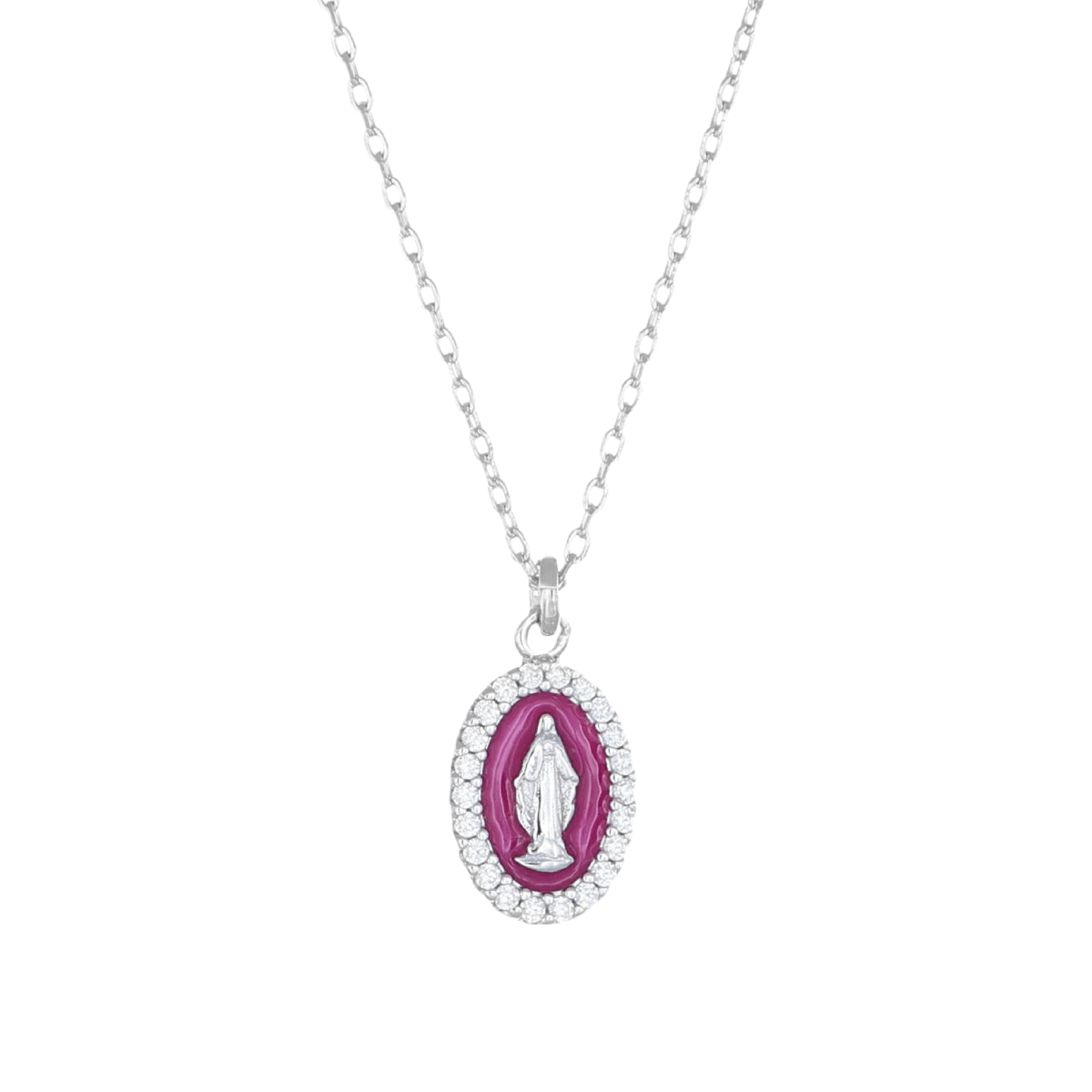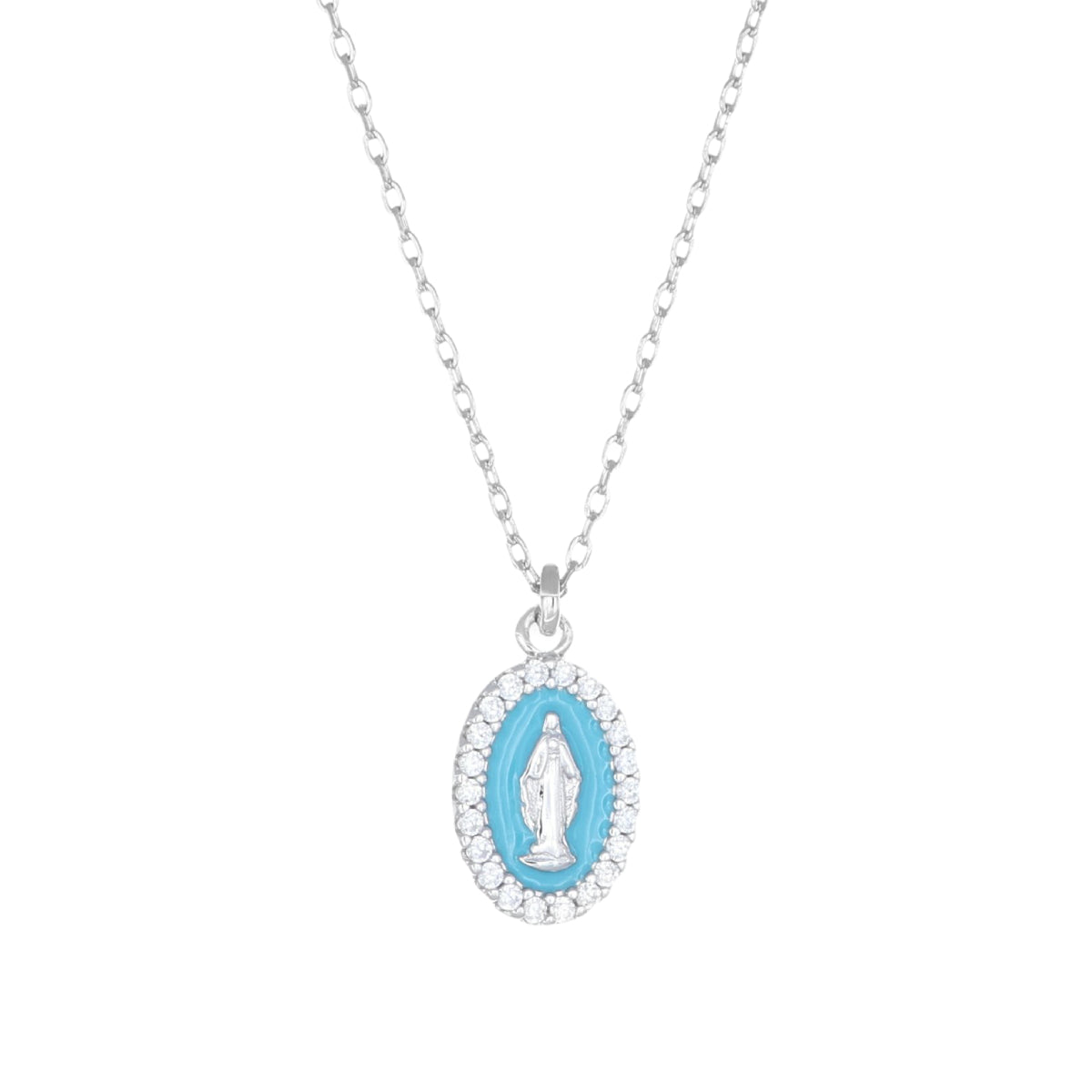PRODUCT MAINTENANCE
Silver Jewelry
Jewel Protection
Jewelry should never be worn in situations that could accentuate its oxidation process. We recommend removing jewelry before going to bed or doing physical activity. Jewelry should not be exposed to chlorine, chemicals, salt water. They should not be in contact with creams, soaps, hairspray, makeup and perfumes, because these can increase the oxidation process and wear of the plating. It is also advisable to always store jewelry separately in order to reduce friction that could damage the polish and color.
Polishing
925 Silver is a living precious metal, with an extraordinary shine. Precisely because it is alive, it is naturally subject to oxidation when it comes into contact with air. A microfiber cloth (without added chemicals and/or natural products) is perfect for giving new shine to 925 Silver jewelry and also prevents the accumulation of oxidation layers. For ordinary cleaning we recommend using the Amen Cloth that you can find by clicking here. However, the cloth does not remove scratches or abrasions caused by contact of the jewelry with hard surfaces.
Cleaning Stone Jewelry
For cleaning use water without added soap and a soft toothbrush. Gently brush the jewelry in a circular motion. Rinse with clean water. Toothbrushes are perfect for cleaning jewelry made with stones that would otherwise be difficult to clean. Caution: the use of remedies such as toothpaste (abrasive), soda (acid) or silver products etc. is not recommended for cleaning purposes because these types of interventions could damage the jewelry and its surface.
Gold Jewelry
Gold Jewelry Protection
Jewels should not be exposed to chlorine, chemicals, salt water. They should not come into contact with creams, soaps, hairsprays, make-up and perfumes, because these can alter their appearance and lose their brilliance. The natural phenomenon of opacification, due to oxidation, is common to all products in precious alloy and can be eliminated through professional cleaning if the oxidation stage is advanced. Even for the restoration of surface finishes such as rhodium plating or burnishing, professional intervention is necessary. The stones mounted on a jewel have an intrinsic delicacy, so even involuntary impacts could damage or break them, as well as thermal shocks.
Cleaning Gold Jewelry
Gold jewelry that does not have stones set in it can be cleaned in a bowl of warm water with a little mild detergent. Leave the jewelry to soak for about ten minutes and then brush it with a soft-bristled brush, taking care to reach the most hidden areas. Simply rinse with warm water and dry with a soft cloth.
Cleaning Stone Jewelry
For gold jewelry with precious stones set in it, it is recommended to prepare a mixture with a spoonful of baking soda and a spoonful of neutral soap. Rub the mixture on the jewelry with the help of a finger and rinse with warm water.
Preserving Jewels
Usually, jewelry is stored in a drawer or jewelry box so that it does not get dirty more than necessary. We recommend wrapping each piece of jewelry in a soft cloth, in this way they will be protected from dust and will remain separate from each other to avoid scratches and bumps.
Natural Leather Jewelry
Genuine leather is a natural product that can stretch and loosen over time. Any small imperfections and color variations are due to the absolute craftsmanship of the workmanship and the naturalness of the leather itself. Do not immerse the leather in water or other liquids that may cause damage to the structure or discoloration.
About Our Products
Amen jewels are produced in compliance with Legislative Decree 206/2005 in Italy and in PRC and imported into Europe (EU) by the company Croce del Sud srl with registered office in Arezzo, via Enrico Mattei 51, Italy, PI IT-02153030511. Amen jewels are produced with high quality materials including 925 Silver, 14 and 18 carat Gold plating, 316 Steel and Bronze. They are also produced without cadmium, lead and can have nickel release rates compliant with EC Regulation 1907/2012 and the EN 1811:2011 standard.

